The author reviews the Stoeger Double Defense, a double-barrel shotgun that puts a 21st-century spin on the coach gun concept.
When I was a young Army Lieutenant graduating Officer Basic Course, one of the instructors made a speech in which he outlined some of his sage combat advice earned during the early days of Operation Iraqi Freedom. Among his battlefield tenets, he said: “If someone needs to be shot, shoot them twice.”
We imagine some other gunfighter from centuries previous had the same idea, manifesting this credo in the form of the double-barreled shotgun. While various manner of double-guns can be found across the world and across time, it’s most solidly cemented in the American lexicon. The quintessential coach gun of the Western frontier, from when both justice and power—not always the same thing—spilled from the muzzle of black powder double-barrels like so much lead shot.

Since then, the coach gun has been eclipsed by a number of other firearms as the go-to defender of households and horseless carriages. It could be rightly argued that there are more practical and technologically advanced firearms for the purposes of self-defense. Short-barreled rifles, pistol-caliber carbines, tricked-out handguns, and even suppressed PDWs in messenger bags are all able to defend your life and loved ones as quickly as you can align the sights. But there’s also a lot to be said for things that “ain’t broke,” as the saying goes. Despite all of the competing advancements, there’s absolutely nothing wrong with relying on a double-barreled shotgun, and as Stoeger has proven, the template isn’t immune to being dragged into the 21st century.
Their Double Defense shotguns—available in both over-under and side-by-side configurations—aren’t new guns. But they bring some distinctly modern enhancements to an otherwise timeless firearm. For that, we felt this diamond-in-the-rough was worth a closer look.
Old And New
The format of the Stoeger itself is unaltered from what you know and love about double guns. Our test gun is of the side-by-side variety and laid out exactly as you’d expect. Two 20-inch smoothbore barrels, 2-¾ inch chambers and fixed improved-cylinder chokes are run by a single trigger. The safety is a tang-mounted slider switch that resets every time you close the action. Both versions of the Double Defense are available in 12- or 20-gauge.
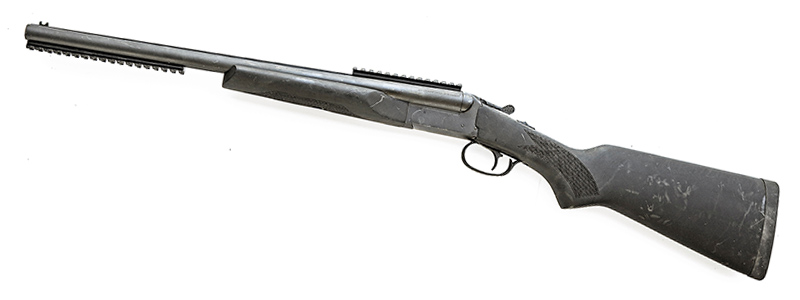
We chose the more petite 20-gauge for a couple of reasons. First, we believe that 20-gauge is highly under-discussed as a home defense option. It offers significantly less recoil than 12-gauge, particularly in a locked-breech gun like a double-barrel, with ammunition being mostly readily available and less prone to panic shortages. There are some drawbacks specific to using this gauge as a defensive option, which we’ll discuss below. Secondly, the 20-gauge Double Defense is also incredibly handy at only 6.4 pounds, with most of that weight coming from the black-finished walnut furniture, balancing the gun toward the shoulder instead of the muzzle.
From there, Stoeger went to work on modernizing this Wild West icon. They replaced the bead front sight with a bright green fiber optic, ported both barrels in a similar fashion to what you might get from custom shops like Vang Comp, and added not one but two sections of Picatinny rail. One runs along the top just in front of the action, and a second one underneath out by the muzzle—ostensibly for an optic and weapon light, respectively. Both are removable in the event you don’t need the rail-estate.
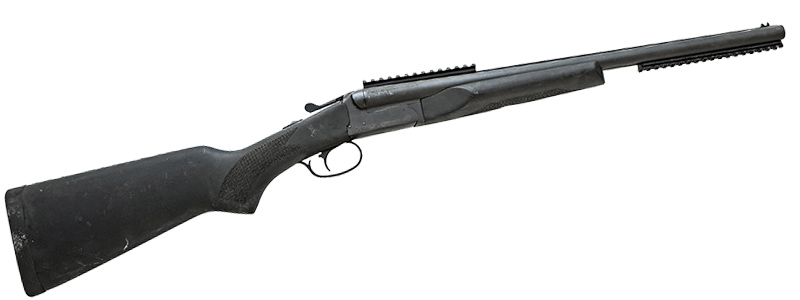
Since we wanted to take full advantage of these updates, we decided to adorn the Double Defense with appropriate gadgets after putting some rounds through it in stock configuration. For sighting, we added a Holosun AEMS CORE red dot in an American Defense Manufacturing low mount. The AEMS CORE is a stripped-down version of the more expensive AEMS, lacking the multi-reticle system and solar failsafe cell of the standard AEMS but retaining the same large window and rugged aluminum housing. The bright, crisp 2 MOA dot of the CORE makes an excellent electronic replacement for the bead or fiber optic front sight.
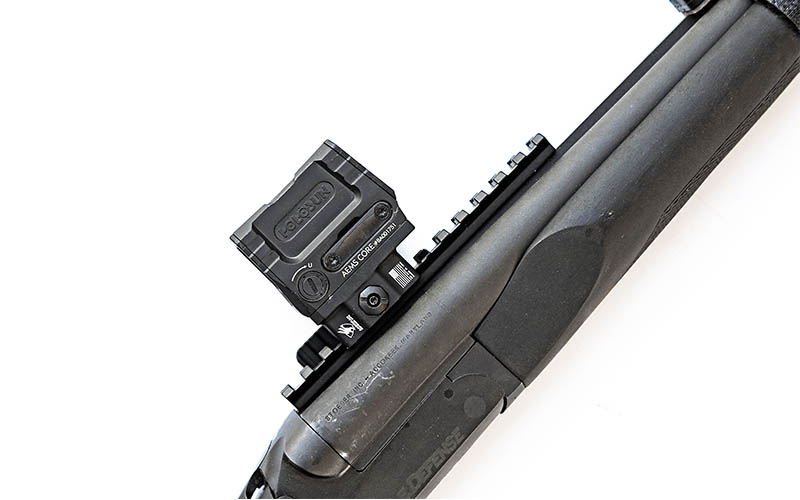
For lighting, we bolted on a Crimson Trace CWL-202. This is a 2-cell, CR123-powered, 900 lumen weapon light that ships with both M-LOK and Picatinny rail mounts along with two tail caps—one for clicky push button activation, the other with a tape switch. The tape switch comes with a hook-and-loop strap on the wire to secure it, but we doubled-down on locking it in place on the gun with a couple of turns of tape as well. The reflector throws a wide beam, and the hot spot isn’t particularly strong, making it a great choice for shotgun work in close quarters.
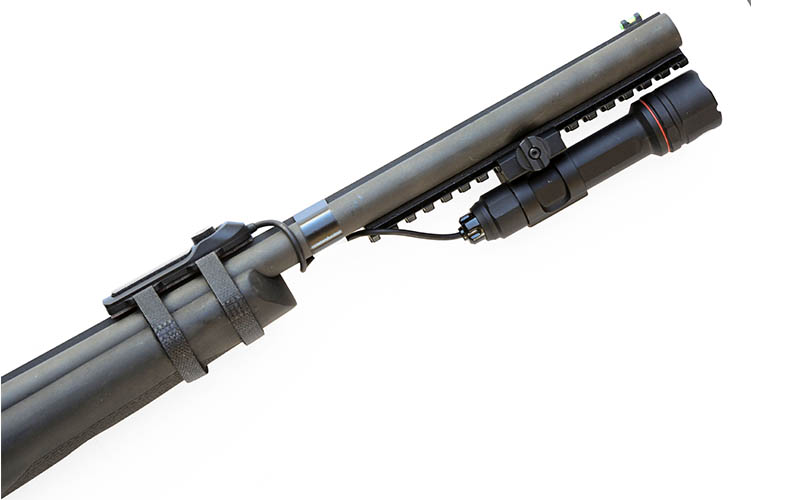
Shell Selection
Before we get into the specifics of how the Double Defense performed on the range, we wanted to get some subject matter expertise on these guns, along with shopping for defensive ammo. So we spoke with Matt Haught of SymTac consulting. Haught and his father, Rob, are arguably two of the preeminent SMEs in our industry on practical use of the self-defense shotgun. In terms of load selection, Haught had this to say:
20-gauge kind of sucks for HD loads, in general. I’ve been fruitlessly searching for good buckshot for a long time now. Most of what I’ve seen is either #4 or #3 buck, and I consider both of those just a bit too small to really be useful (they generally won’t quite meet FBI spec in gel through four-layer denim, for instance, or if they do, it’ll only be at very close ranges). Currently, I lean toward some Rio 9-pellet #1 buck for my own use if I had to. Good enough for across-the-room distances, but I wouldn’t want to try a shot across the yard or down my driveway with it. I just picked up some Winchester Defender #3 buck loads but haven’t had a chance to test them yet to see if the plated pellets increase penetration sufficiently, or if the buffering and plating help tighten patterns up to acceptable levels. I also have some S&B #2 buck loads sitting in storage that need testing.

Unfortunately, we were only able to test two loads out of the Double Defense. One was a Turkish load, made by Sterling and imported by Global Ordnance, loaded with 7/8-ounce of #8 shot, and the other a defense load from Barnes Defense, with 17 pellets of #3 Buck, which translates to .25-caliber pellets. The box is marked “33 percent reduction in recoil” with a muzzle velocity of 1,140 fps. The Barnes load was up first, which we patterned at 5, 10 and 15 yards. At 5 yards we got a nice tight group about 6 inches across with all the pellets in a dense, centered cloud. At 10, the group size just about doubled—still acceptable for putting all rounds inside on a man-sized target. But moving out to 15, the group size expanded to almost 18 inches across. This echoes Haught’s sentiment above about 20-gauge being good across a room, but less so down a driveway. Each time we opened the action, the rim of the shells popped up about a half-inch, just enough to pluck them cleanly out of the chamber and reload.
Then, we tested the Sterling birdshot load. The first two rounds ran fine. We reloaded two more, fired them, then opened the action and the brass rims only ejected a couple of millimeters. We attempted to use a knife, then a flathead screwdriver, and then more tools to pry them out further so we could extract them from the gun.
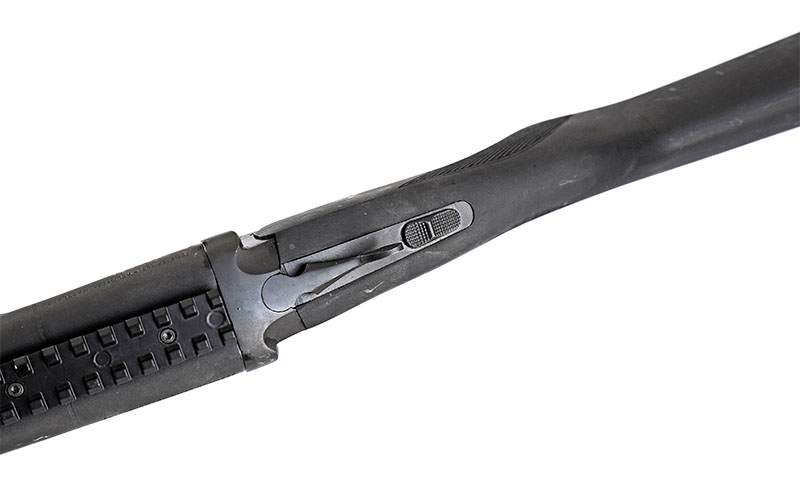
Long story short, the gun was dead-lined until we could get home and yank the stuck shells out with vice grips. It should be noted that both chambers were lubed prior to test-firing, and we didn’t experience any ejection problems with the Barnes shells. But with the Turkish Sterling, we only got four shells through our test gun before it jammed up so severely we had to halt range testing. Take from that what you will. It’s fair to note that shotgun ammo, as a product class, is notoriously prone to wide tolerance margins and inconsistent standardization. Having said that, we had much higher hopes for our test gun.
Spent Shells
Continuing our discussion with Haught, he had the following to say about the use of 20-gauge shotguns in general:
If you look at the payload mass and velocity, 20-gauge shells generally are identical to low-recoil 12-gauge shells. Given the average 20-gauge shotgun is a pound or two lighter than the equivalent 12-gauge model, this means you pay a recoil penalty with 20-gauge. I love the light, handy nature of 20-gauge guns and I find smaller-statured shooters fatigue less over a day’s training with one, as long as they can get on top of recoil mitigation quickly.
This echoes exactly why we like the 20 as a quick-handling, easy-to-maneuver home defense or truck gun for unexpected close encounters of the violent kind. For this gun in particular, we were reminded of a valuable lesson: Regardless of what gun you use, it’s imperative to test it thoroughly with both your defensive and primary training ammo.
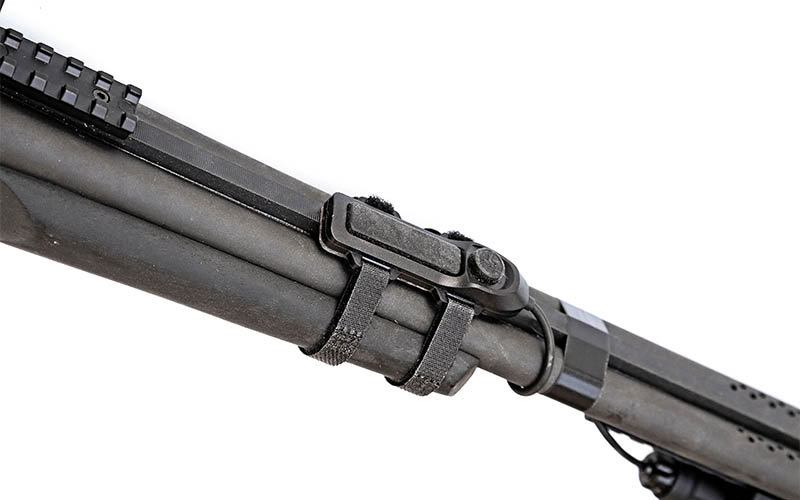
In general terms, both 20-gauge and coach guns as a whole remain time-tested and viable options for defensive use. Besides, if there’s ever a problem, you can walk out on the balcony with this double-barreled shotgun and fire two blasts outside the house. The President said so.
Stoeger Double Defense Specs And Accessories:
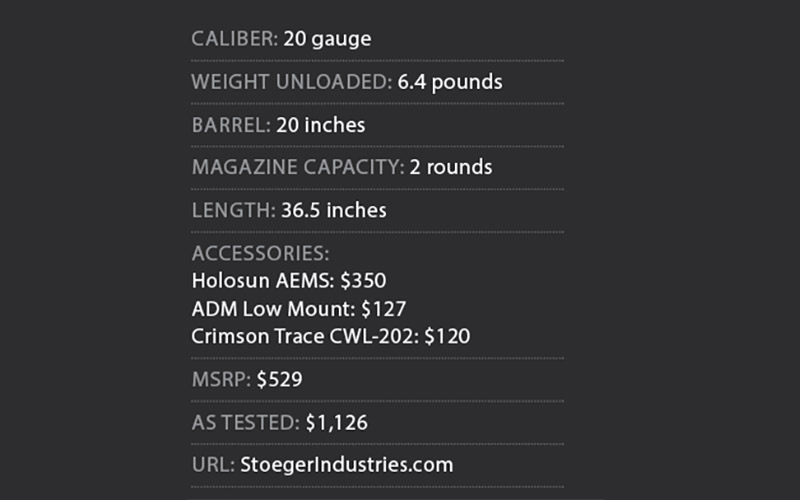
Editor's Note: This article originally appeared in the November 2023 issue of Gun Digest the Magazine.
More On Shotguns:
- The Best Tactical Shotgun Options: Buyer's Guide
- The Original Beretta 1301 Tactical
- The Beretta A300 Ultima
- Top Four Remington 870 Options
- All About AK Shotguns


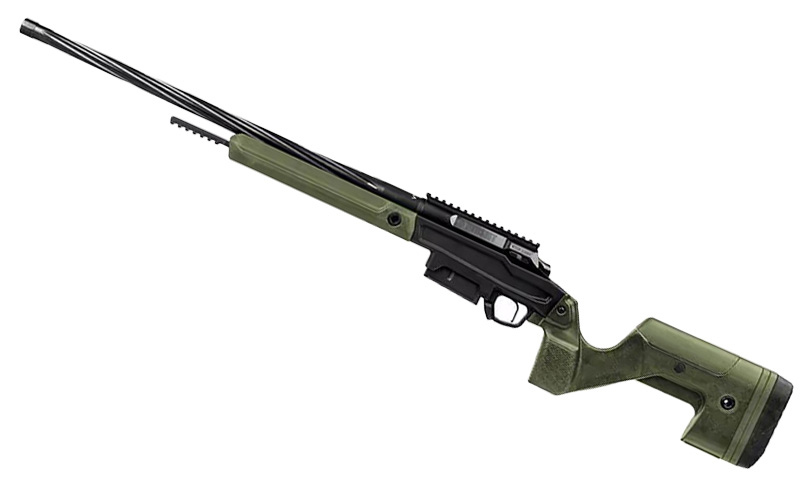
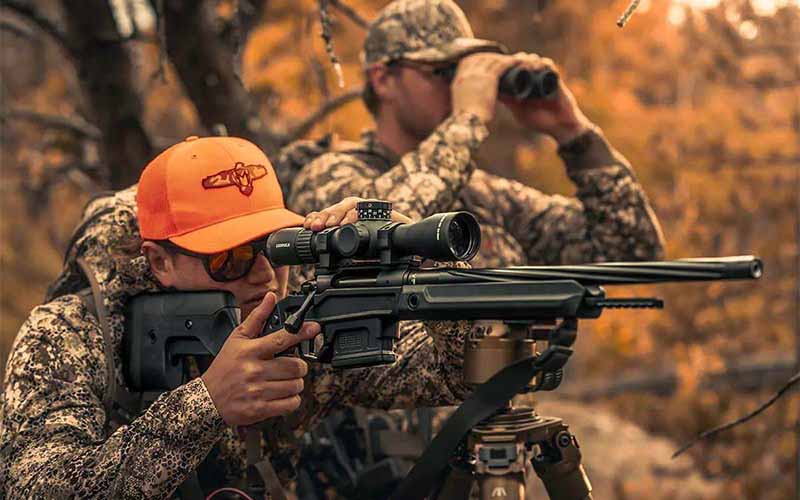
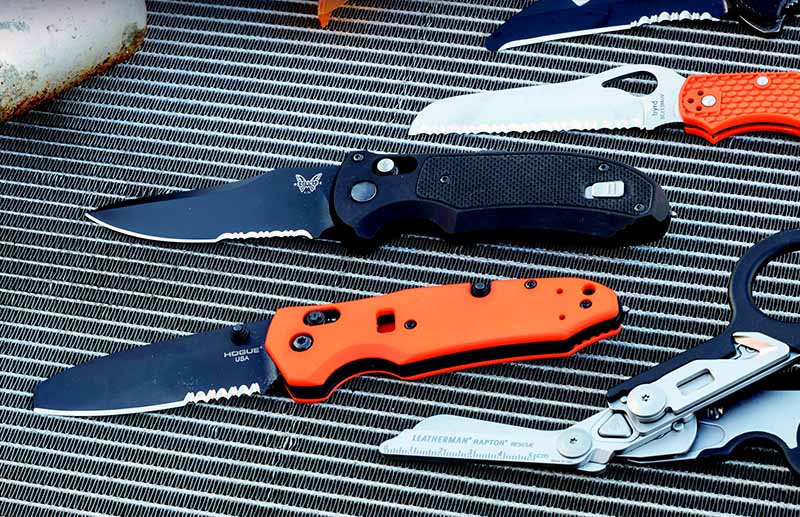
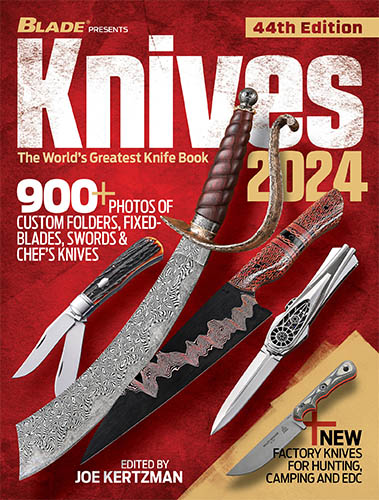
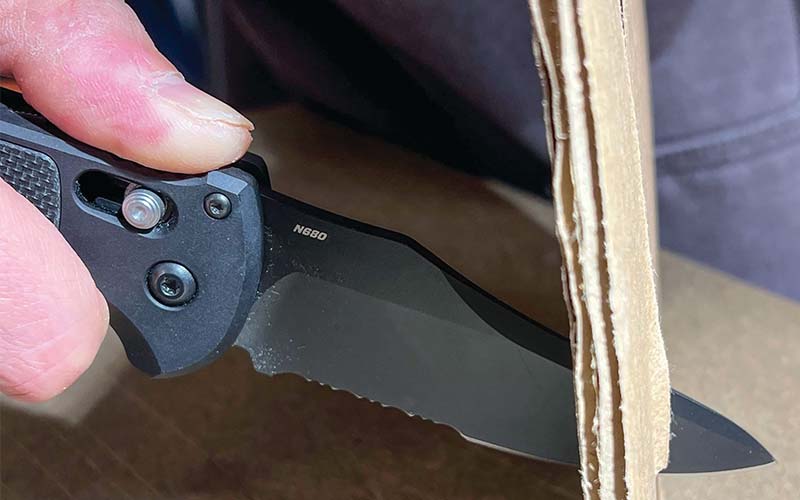
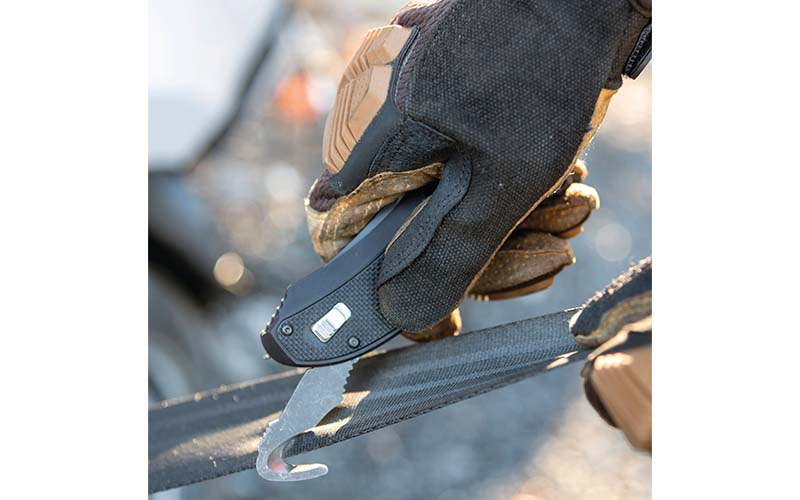
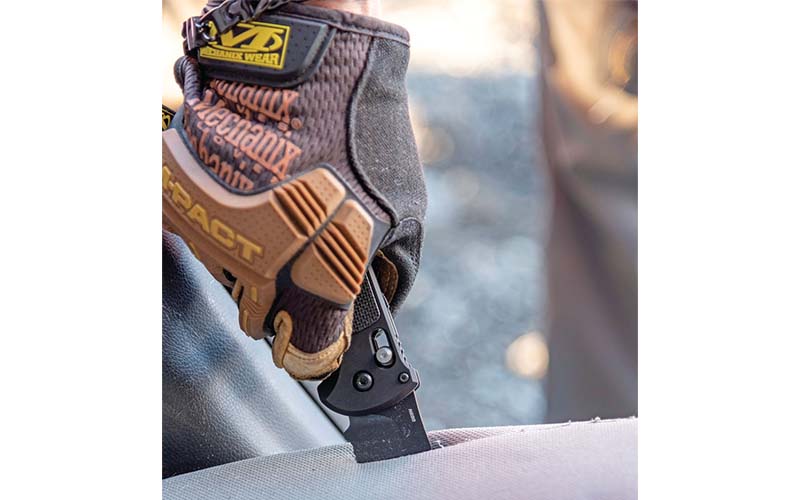

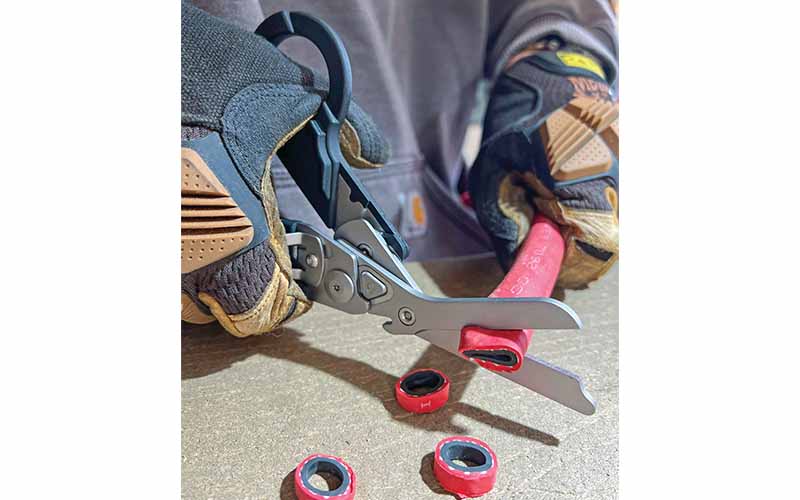
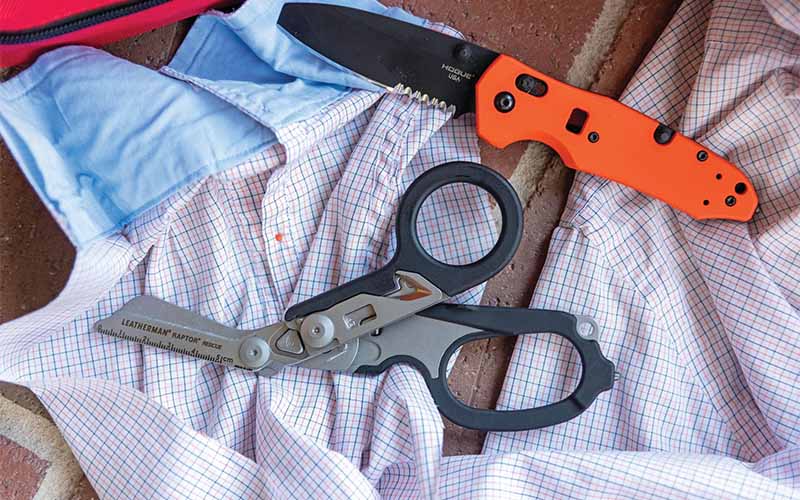
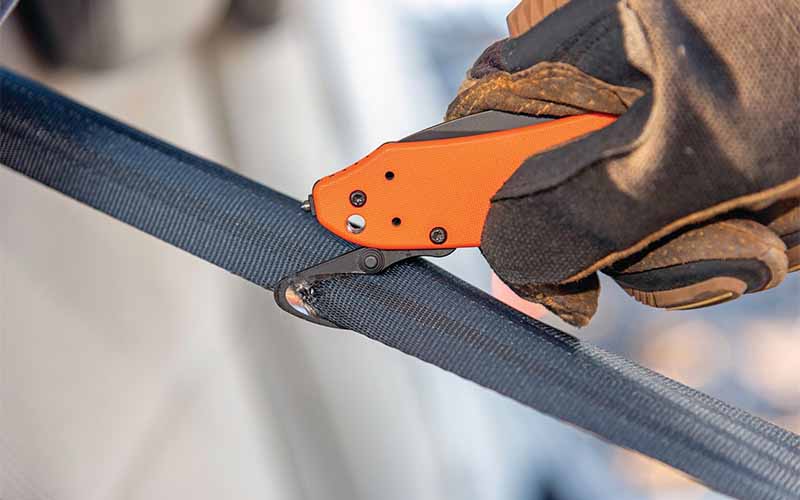
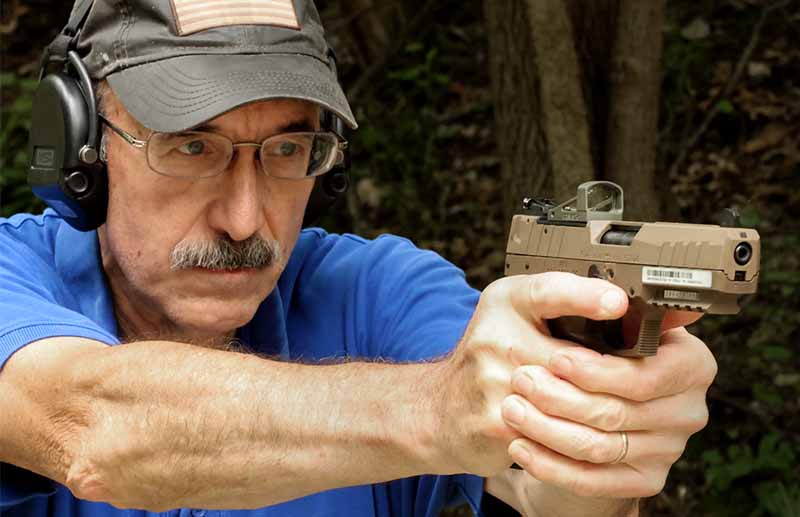

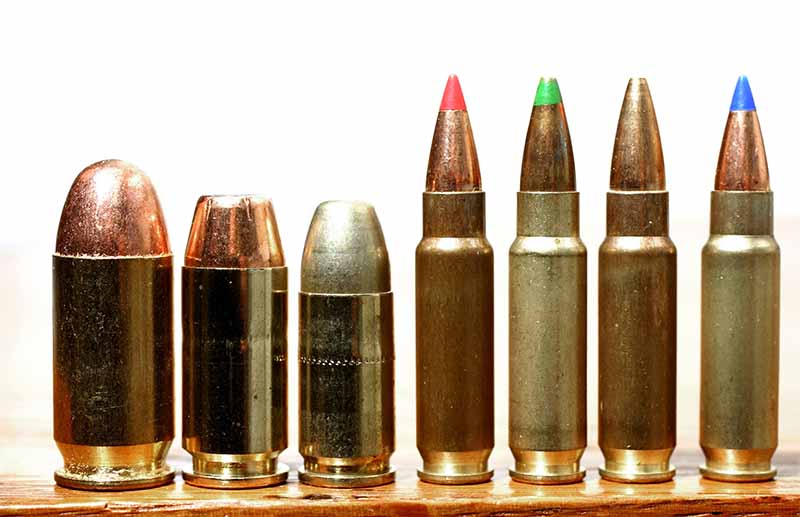


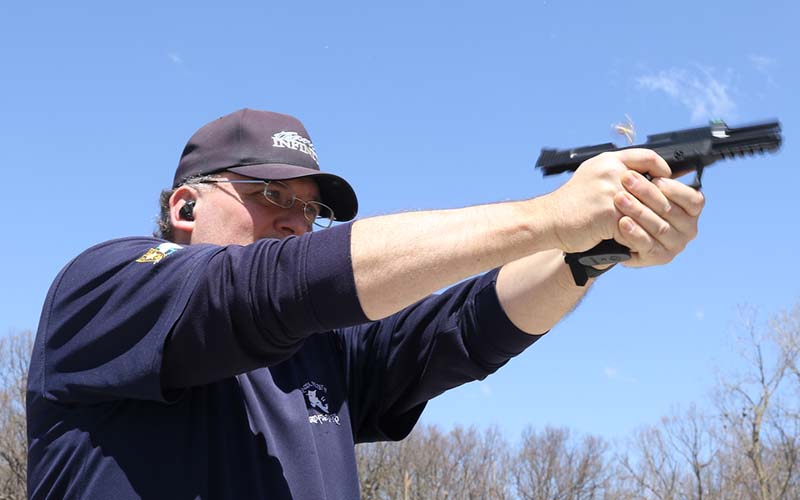
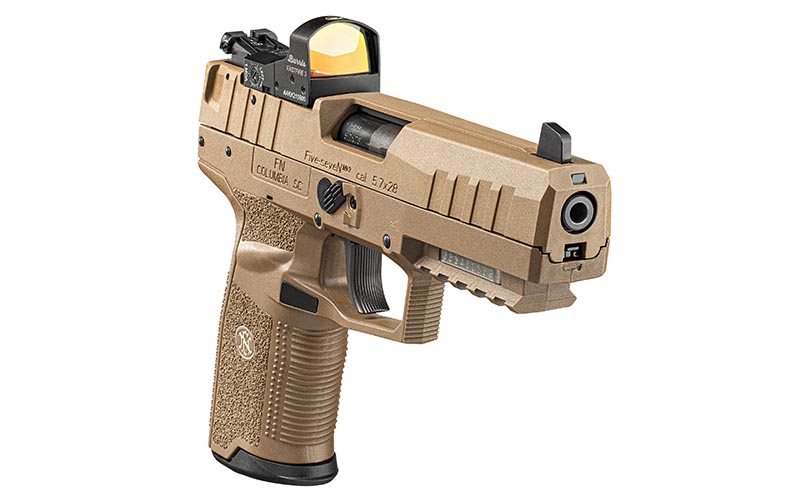
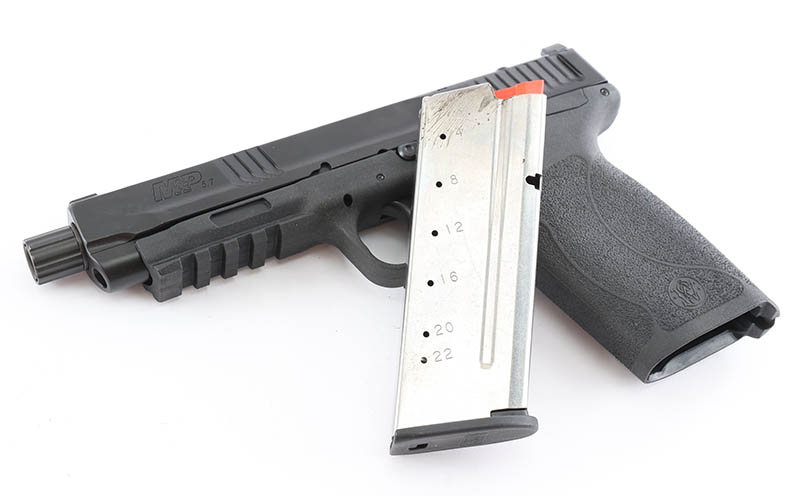

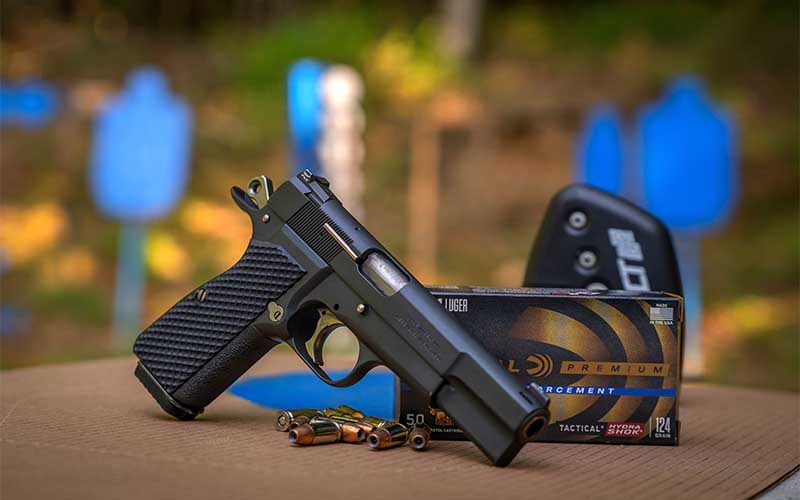
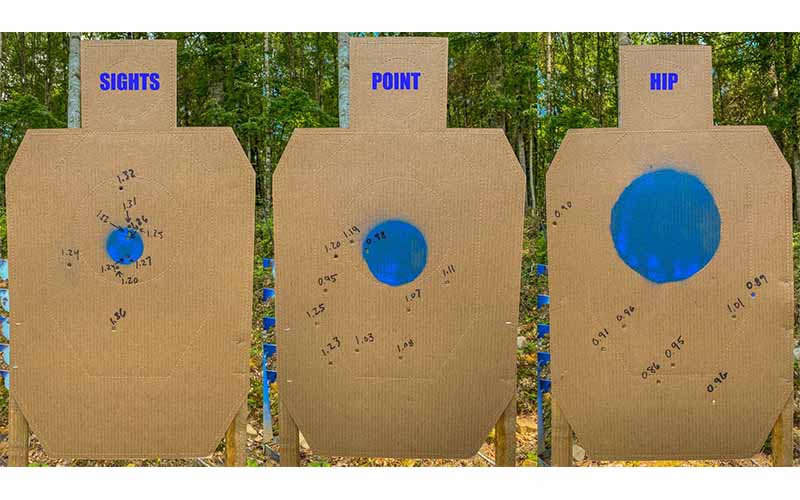
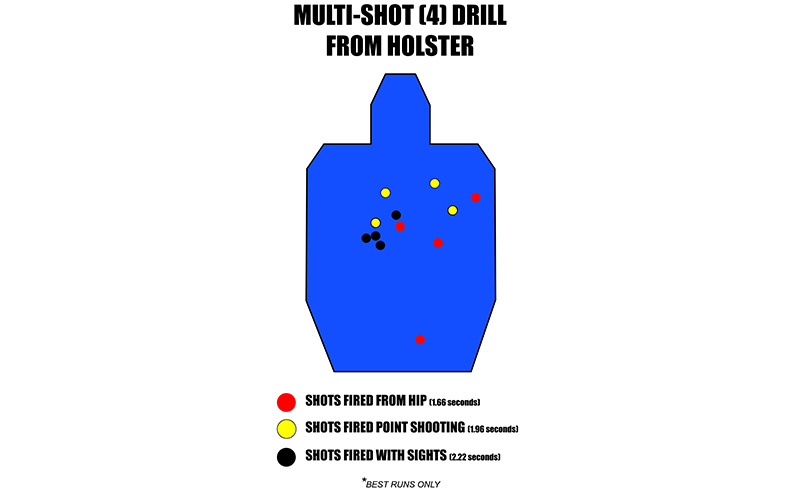

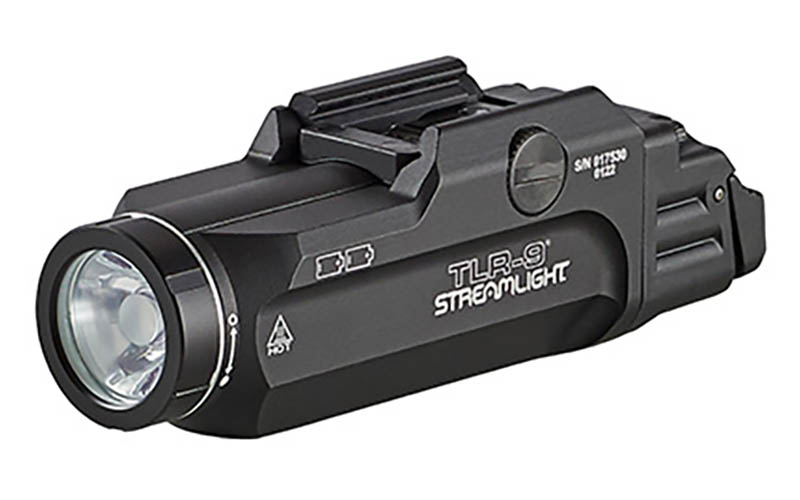
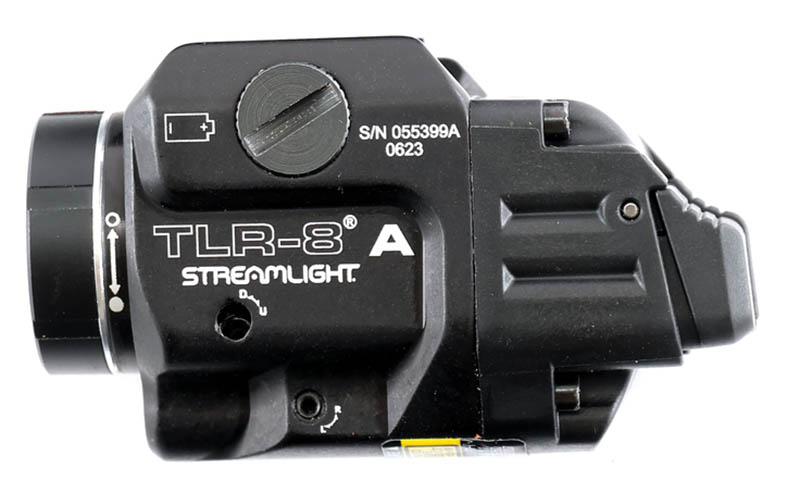

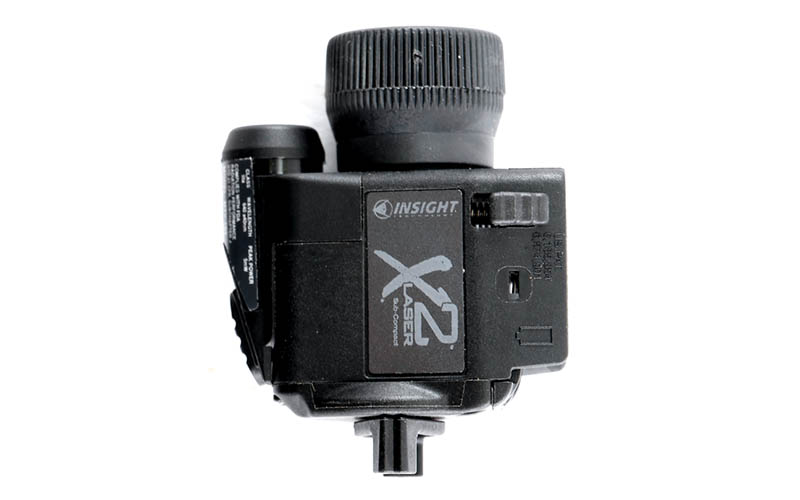
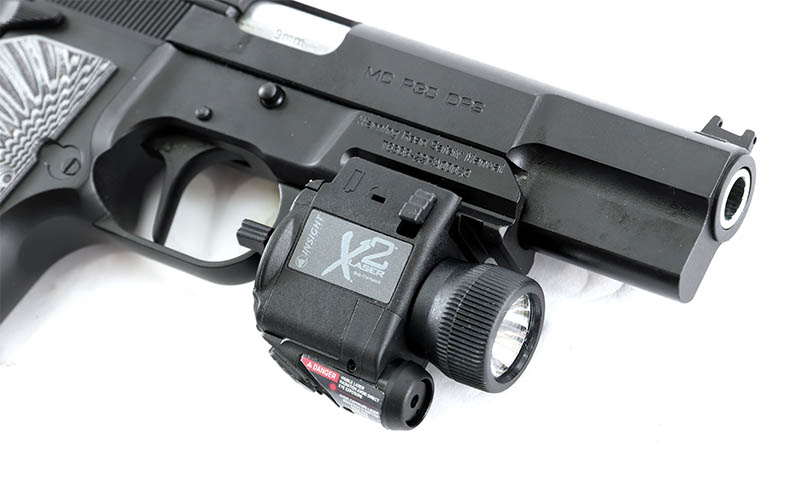
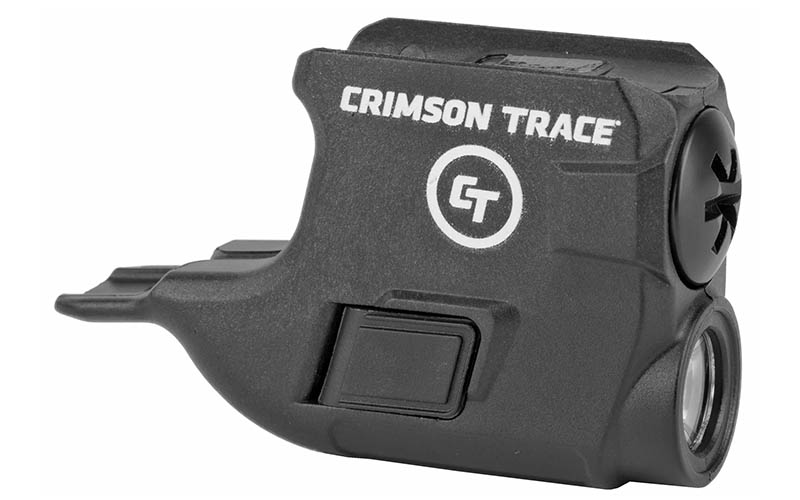
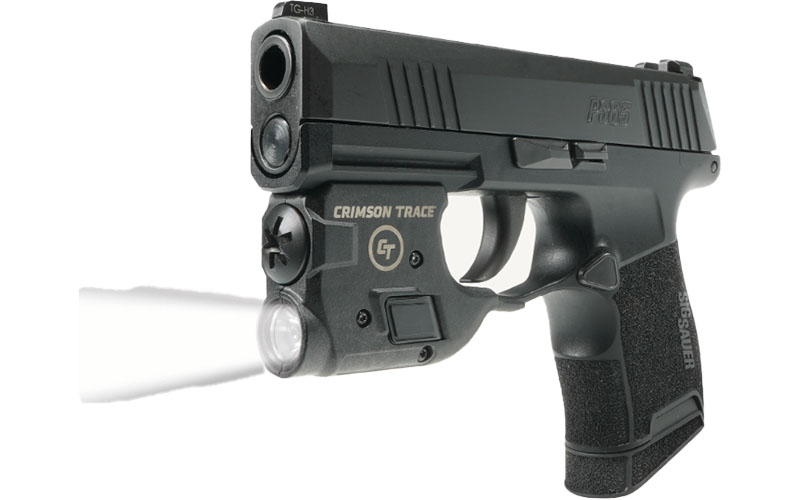
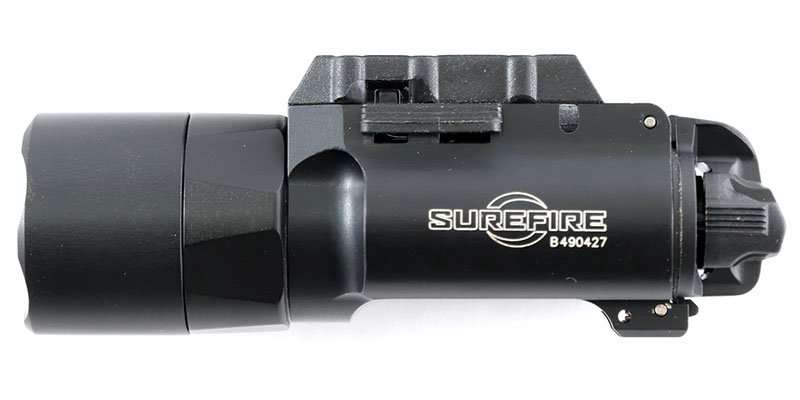

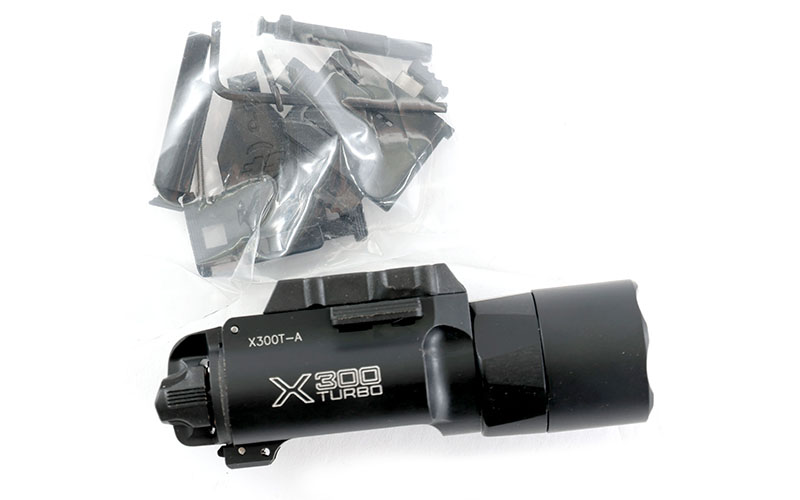
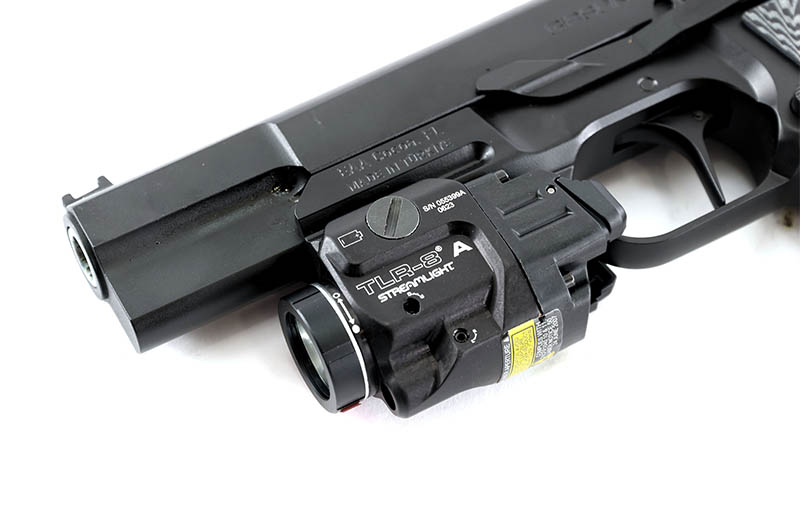
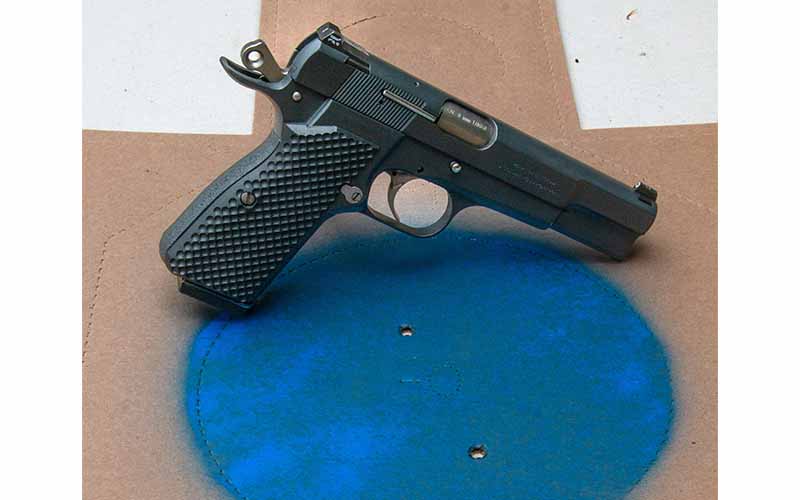
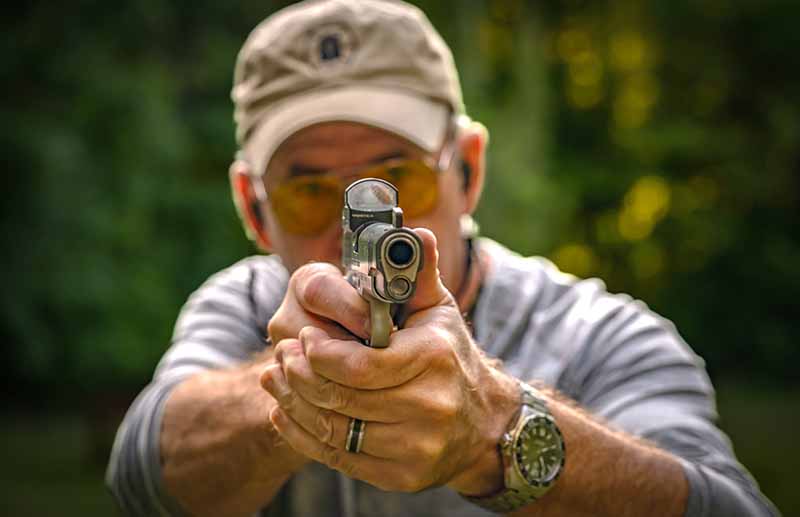
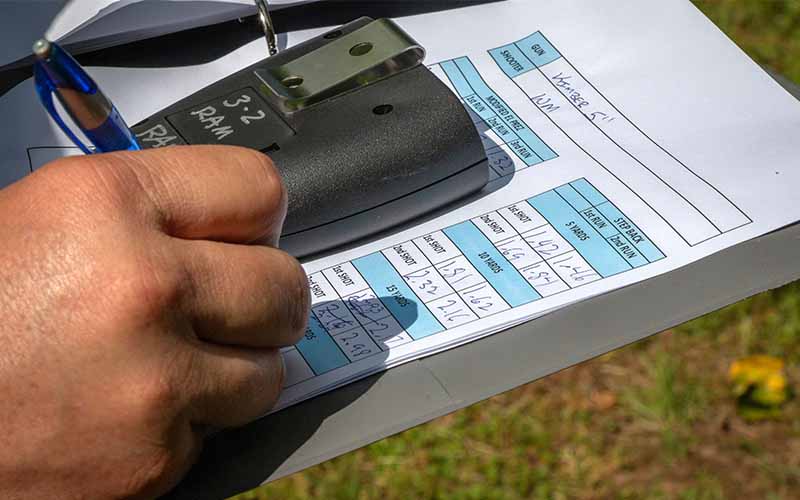
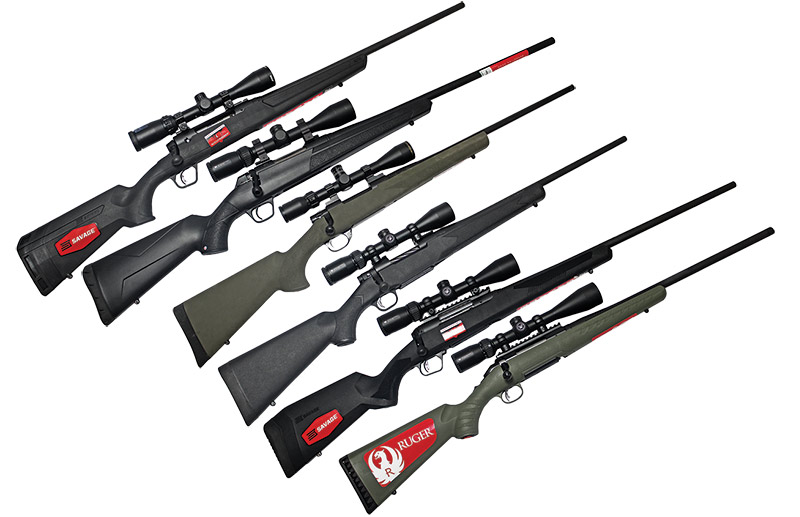
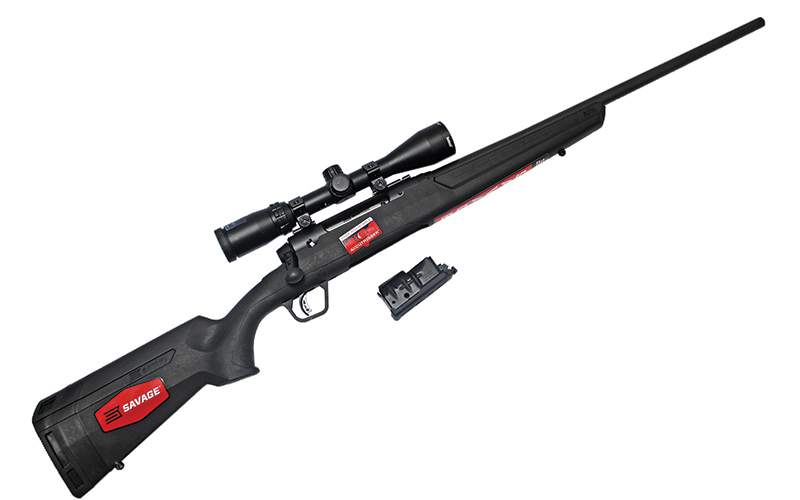
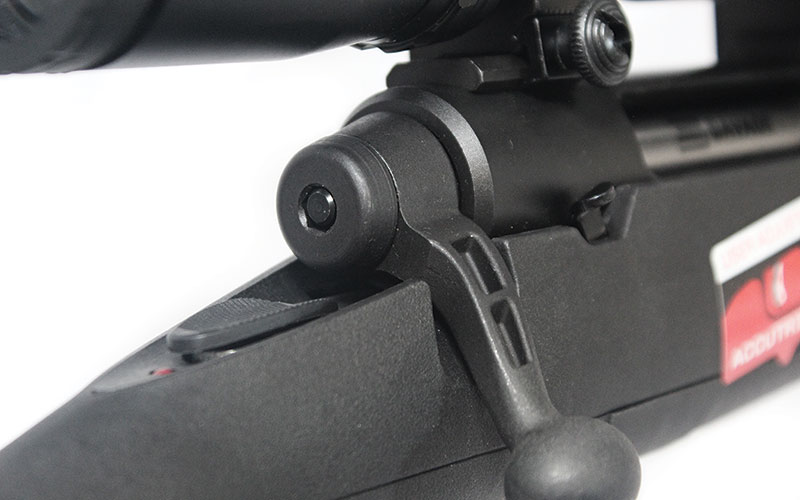
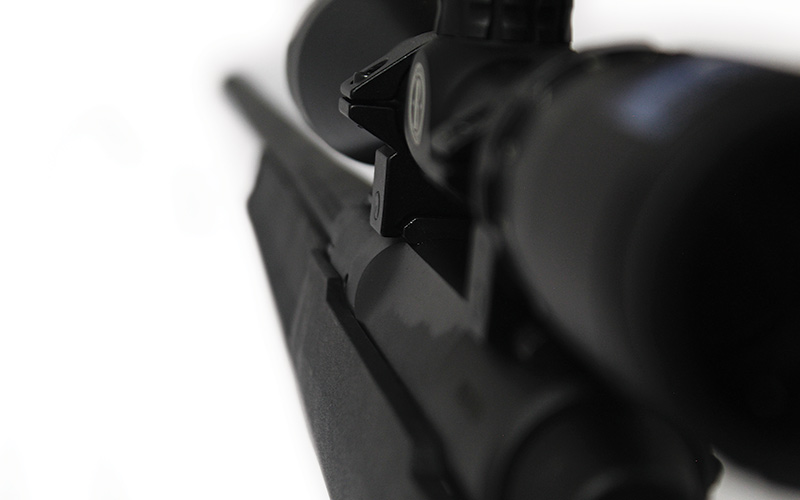
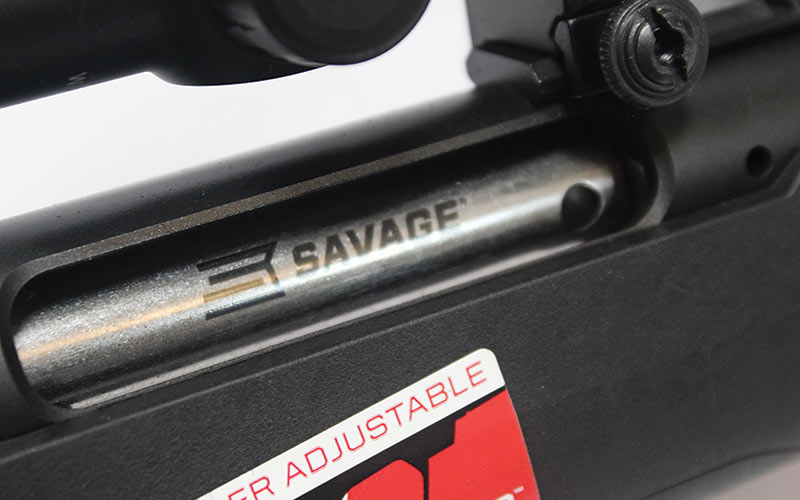
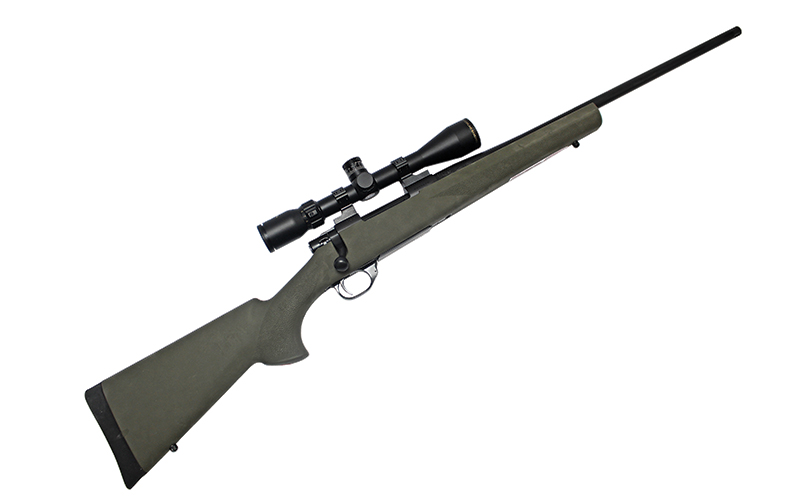
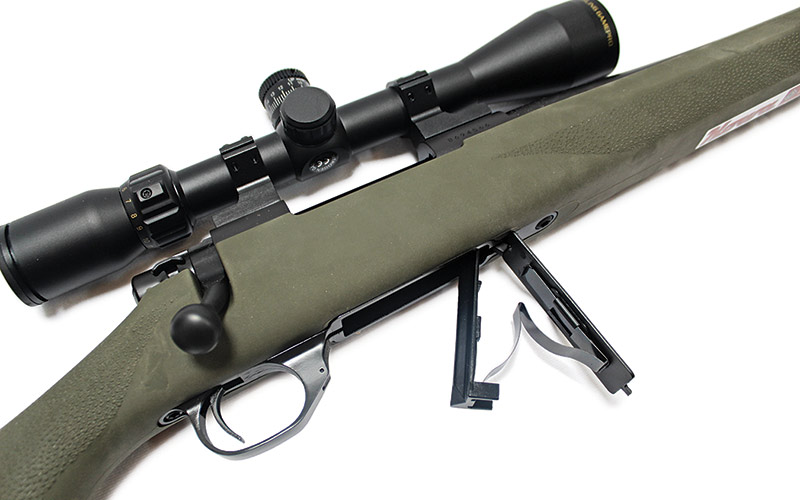
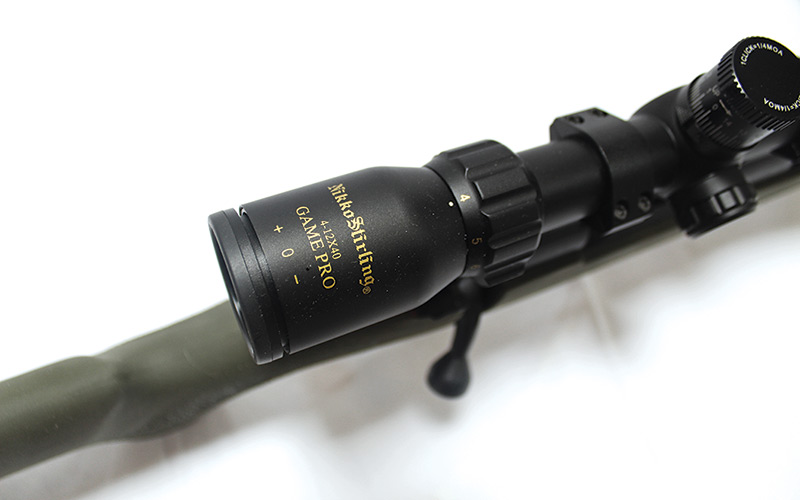
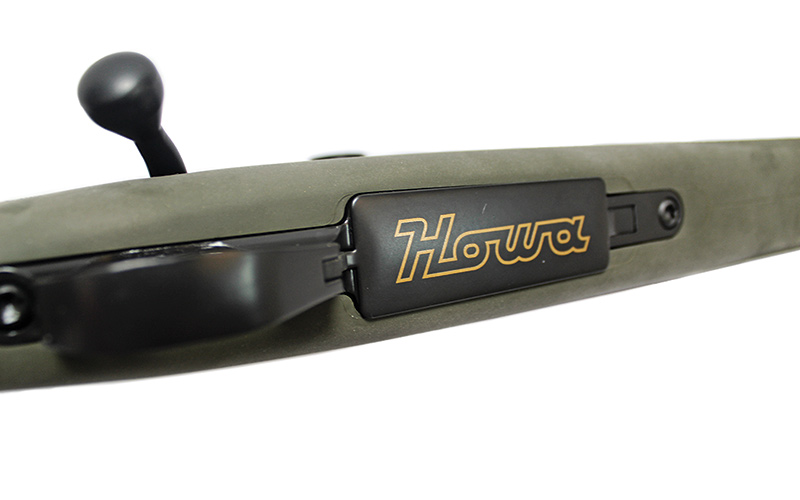

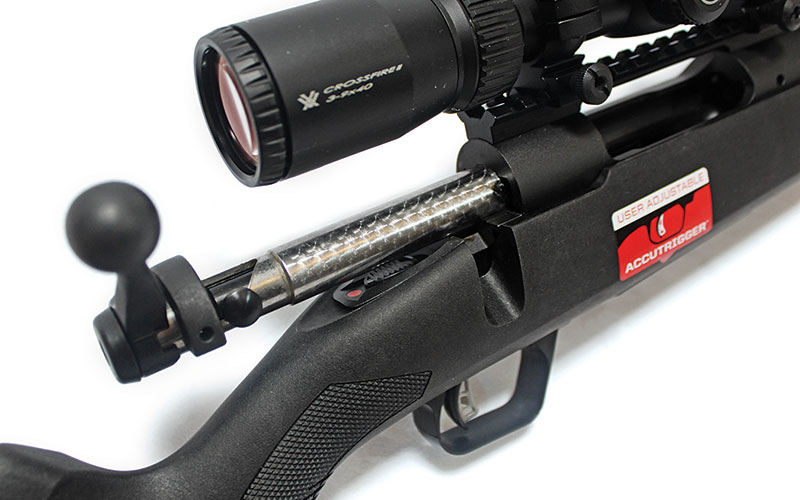

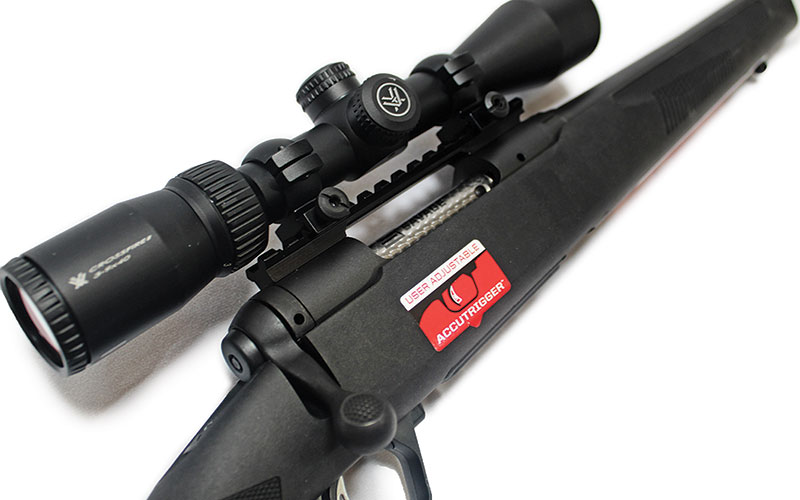

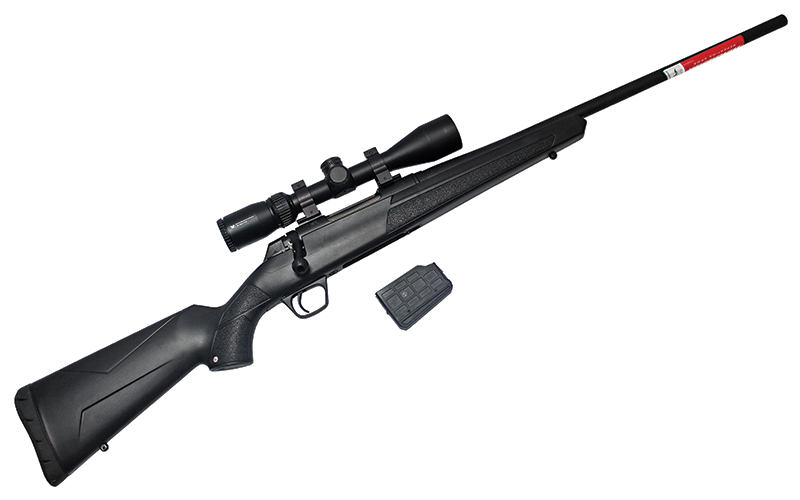
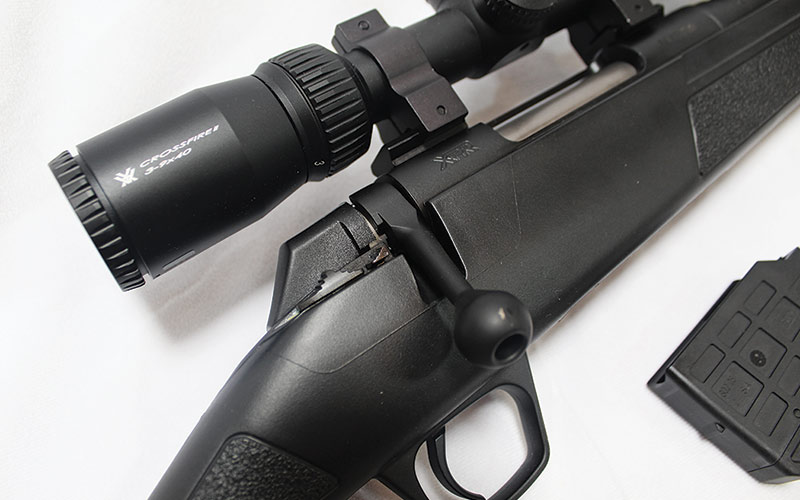

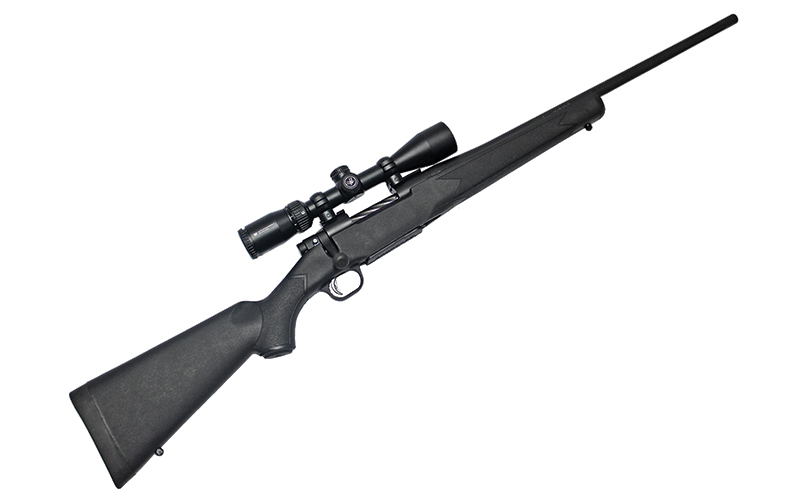
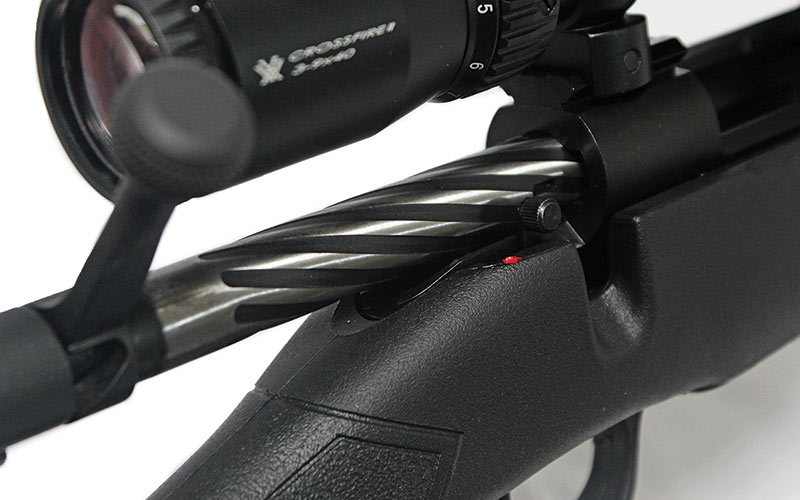
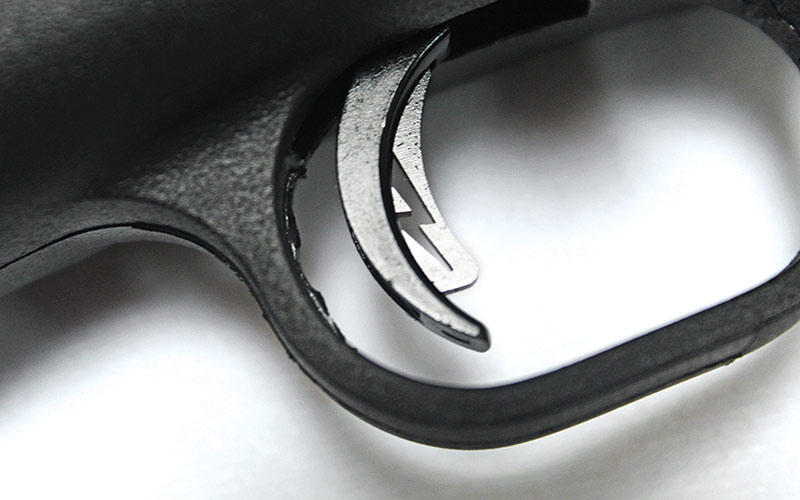
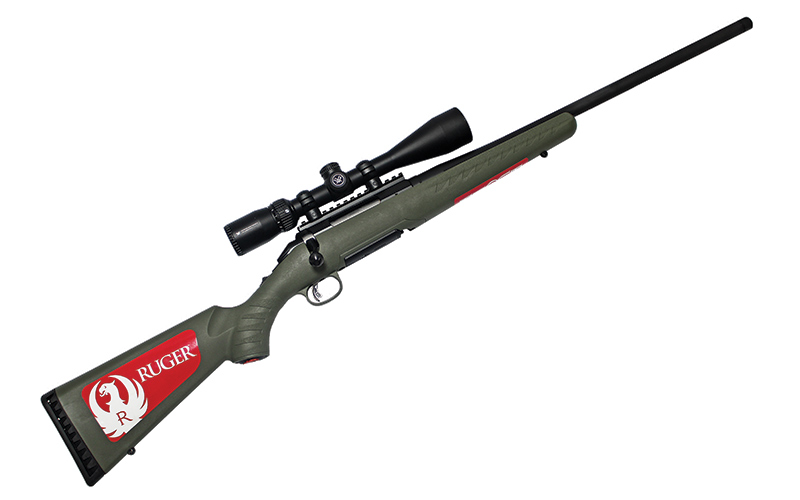
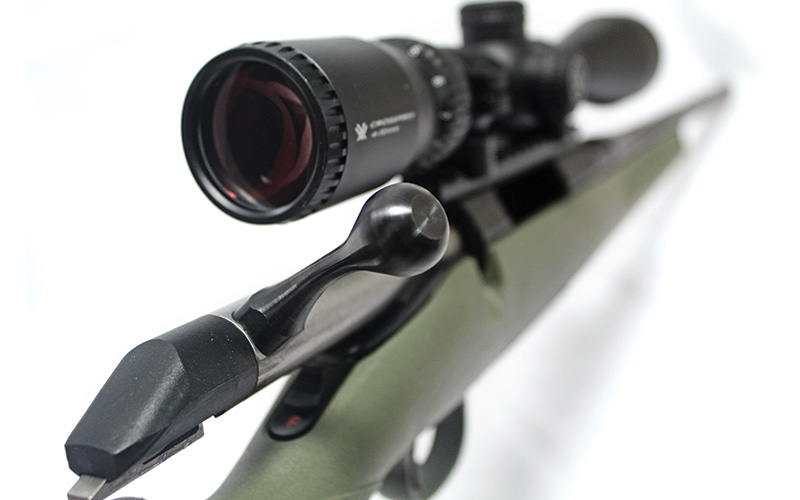
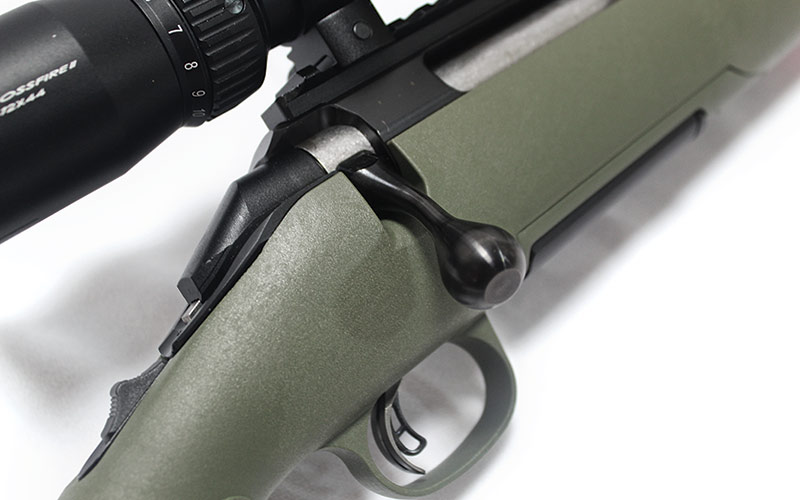
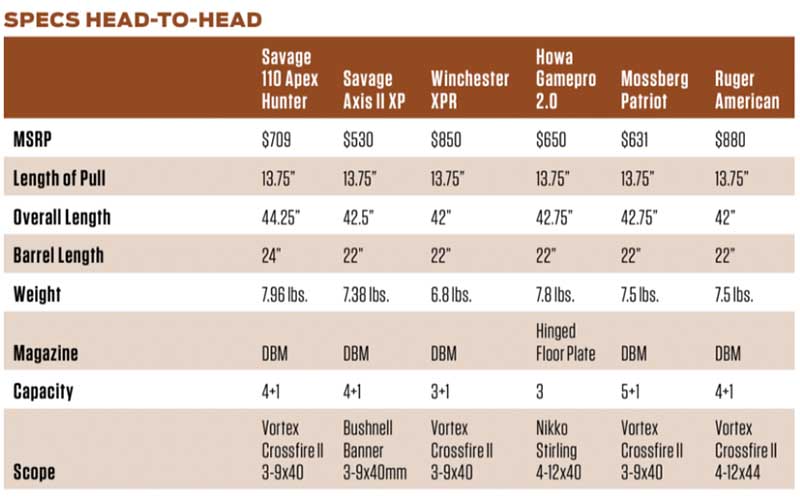
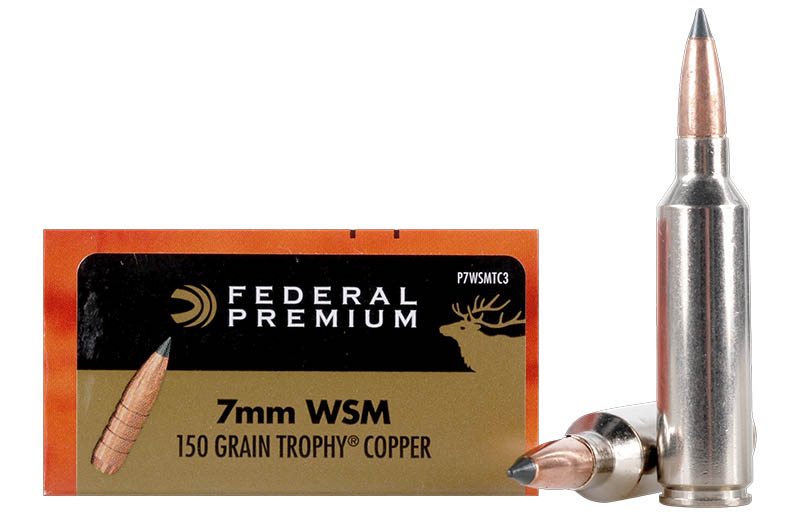
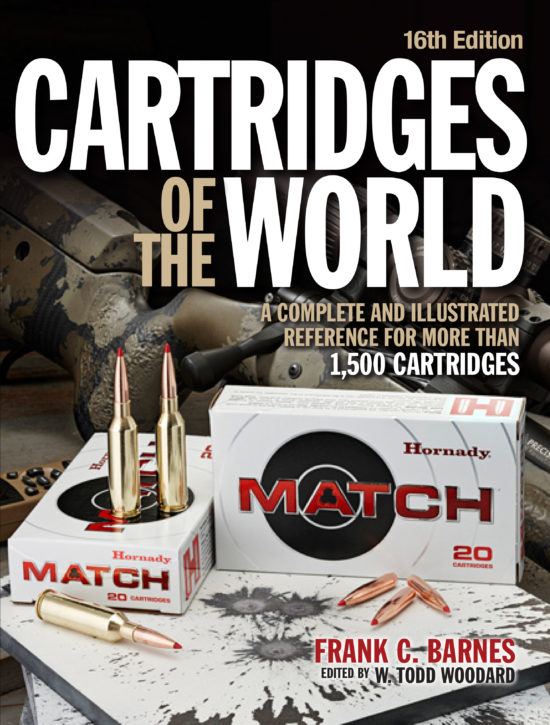


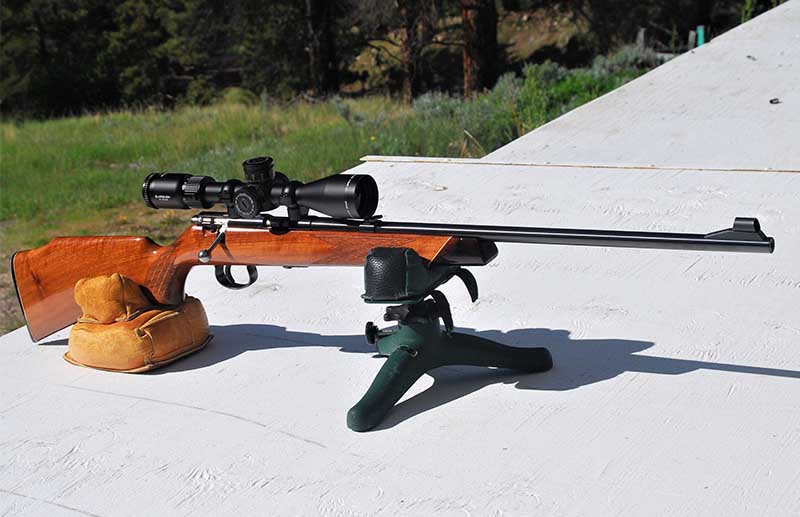

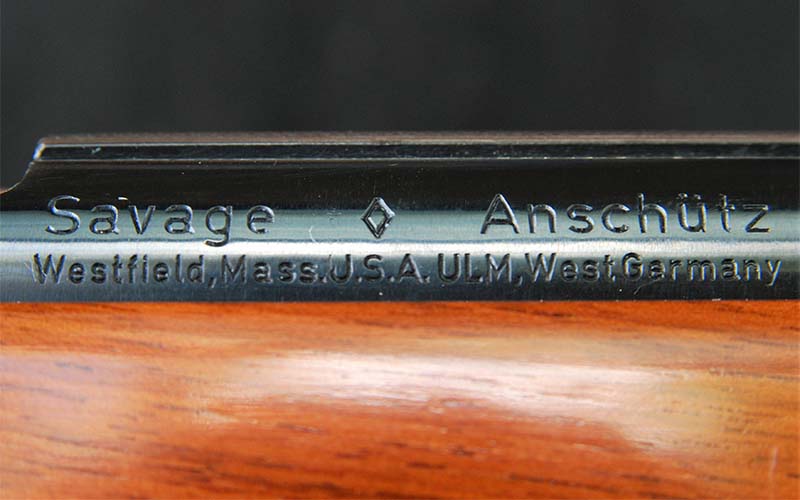

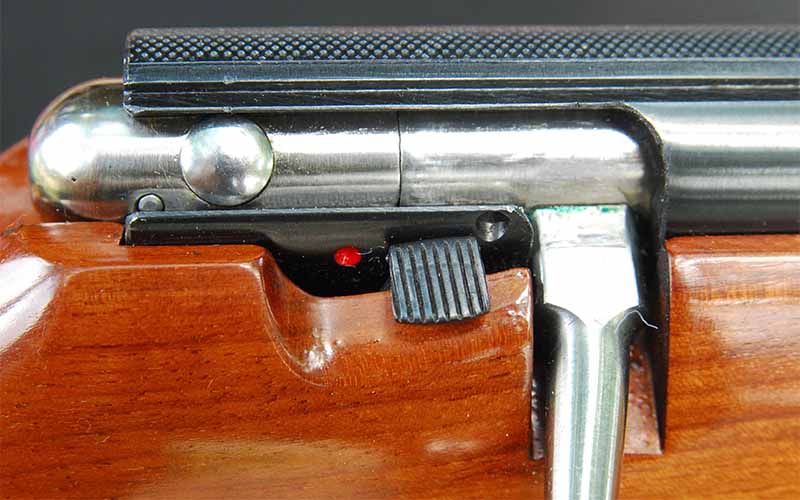

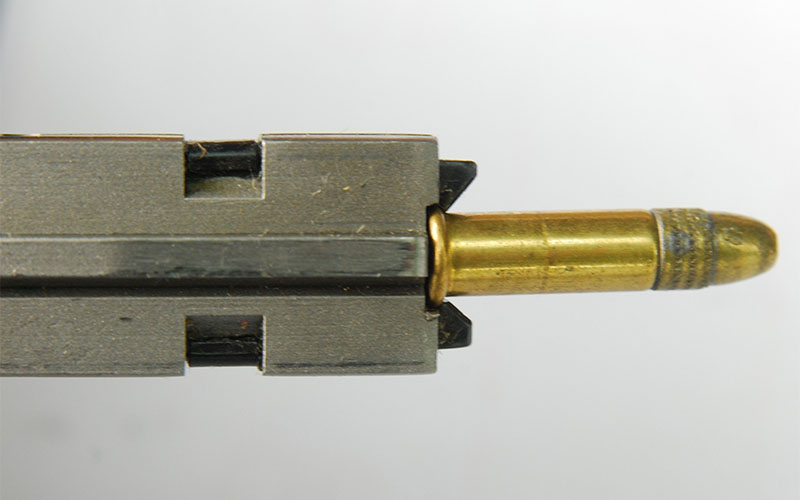
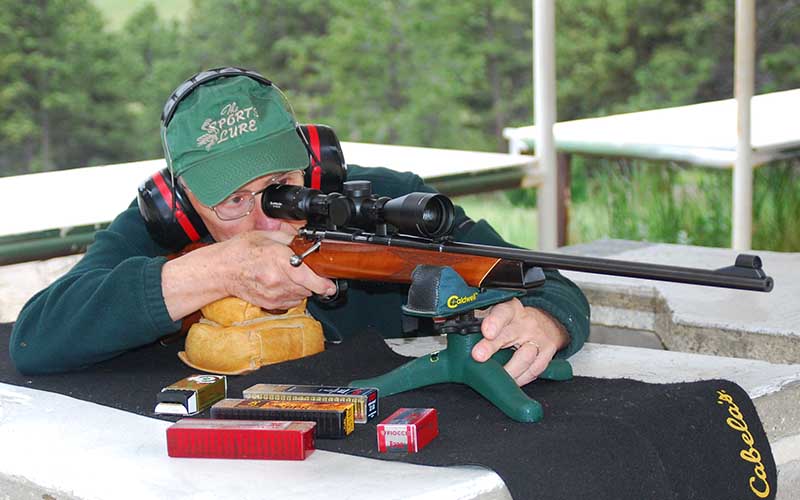
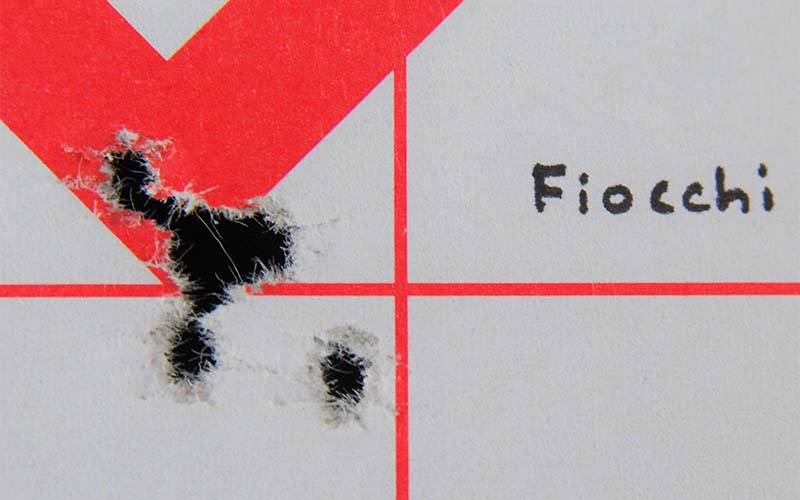
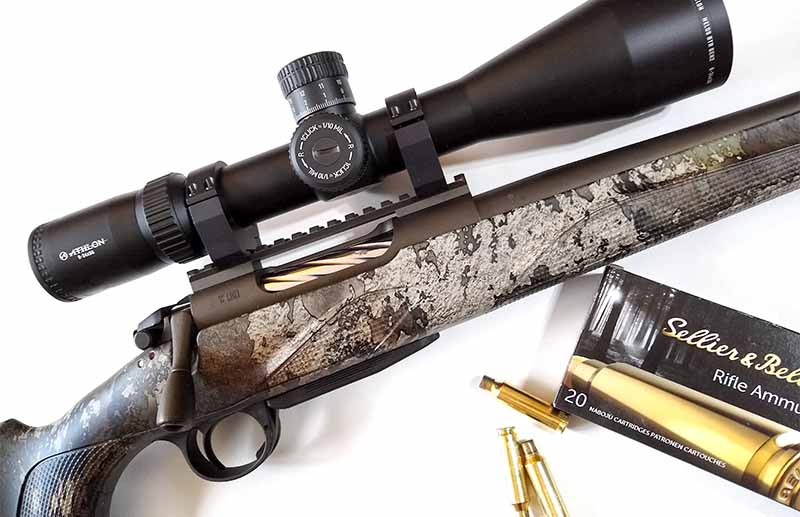
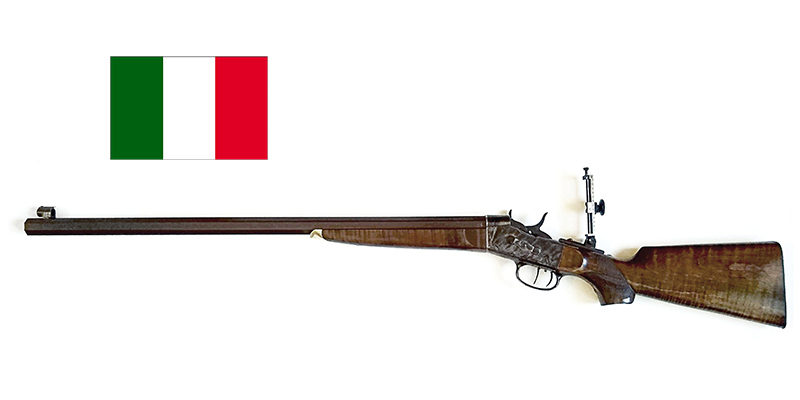
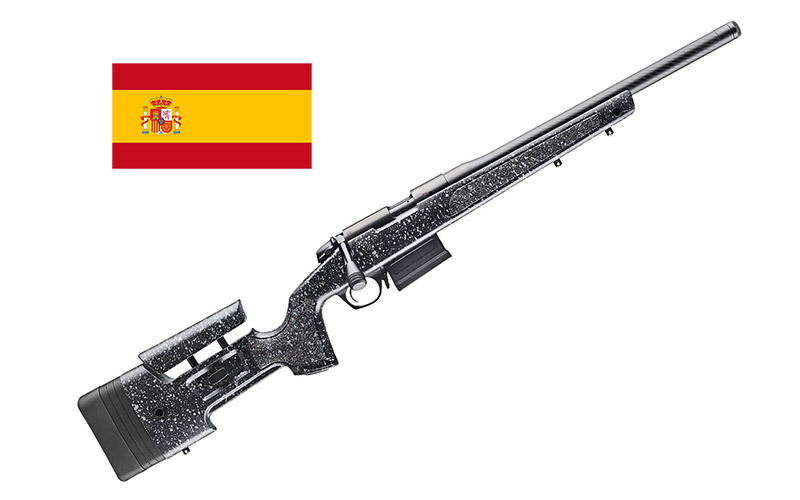
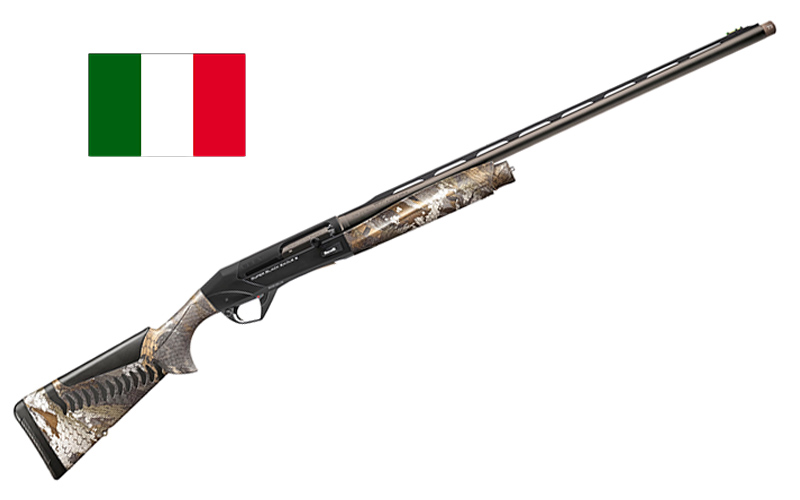
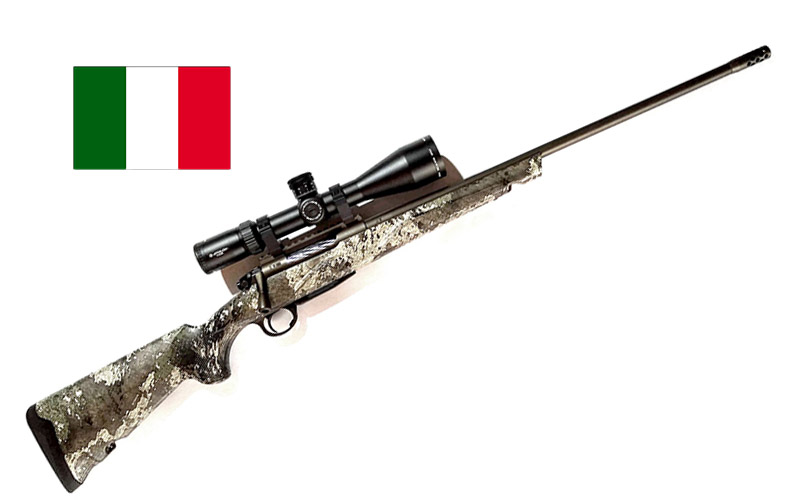
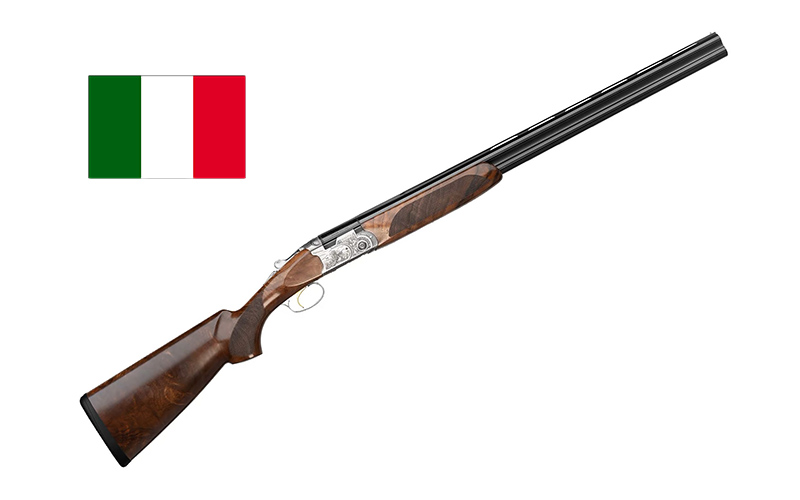
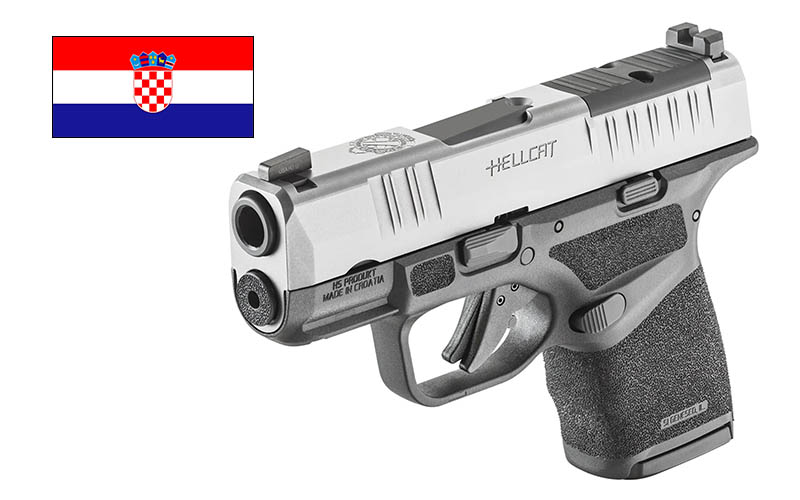
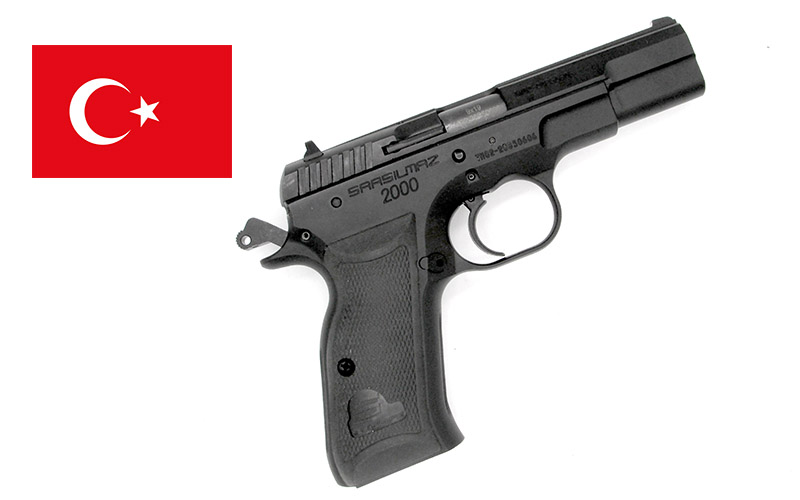
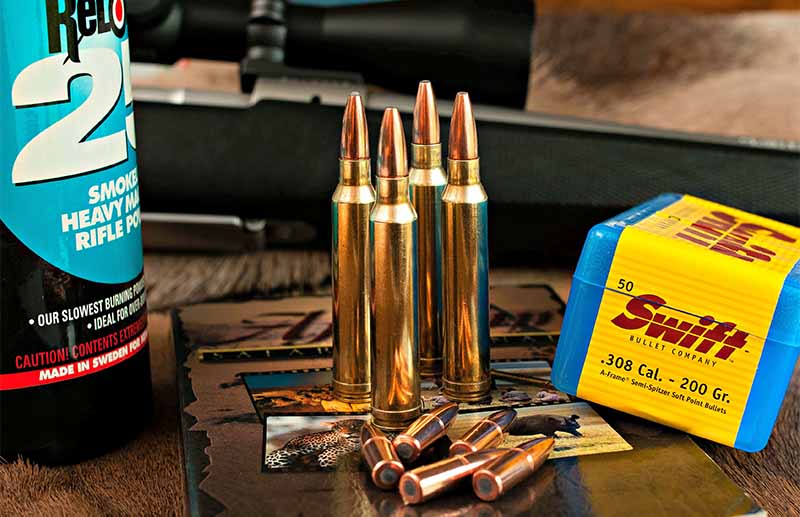
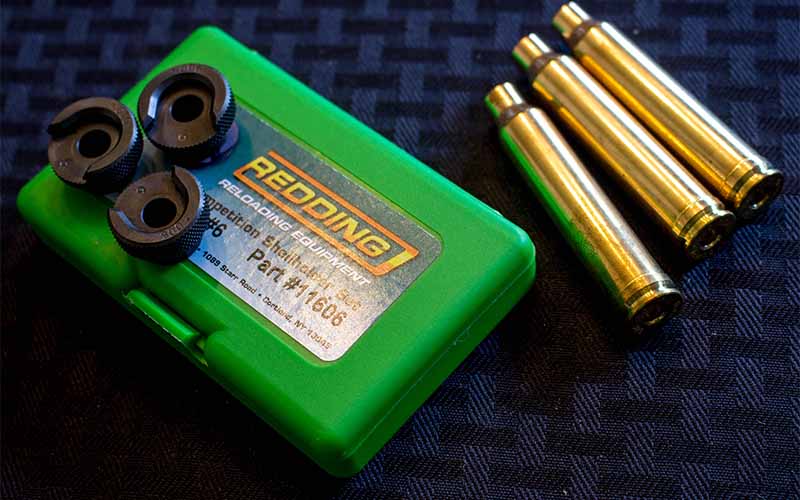
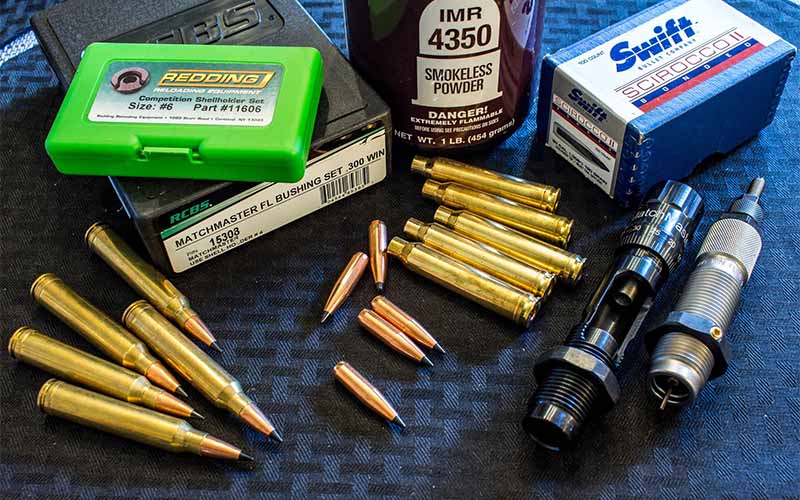
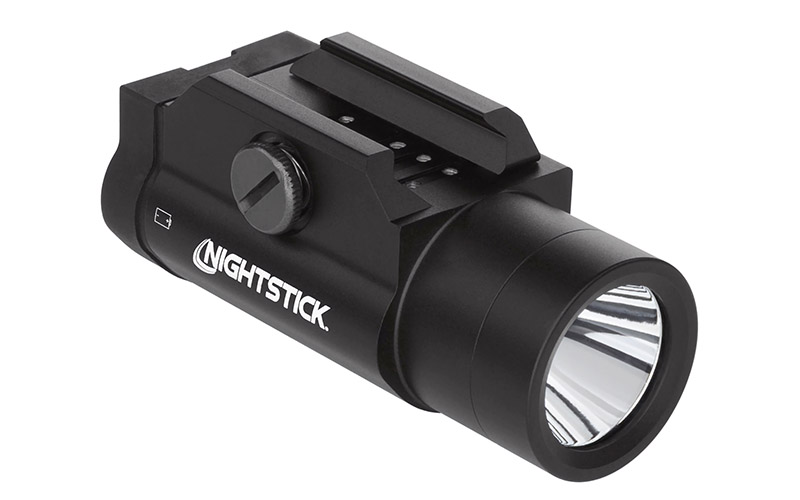

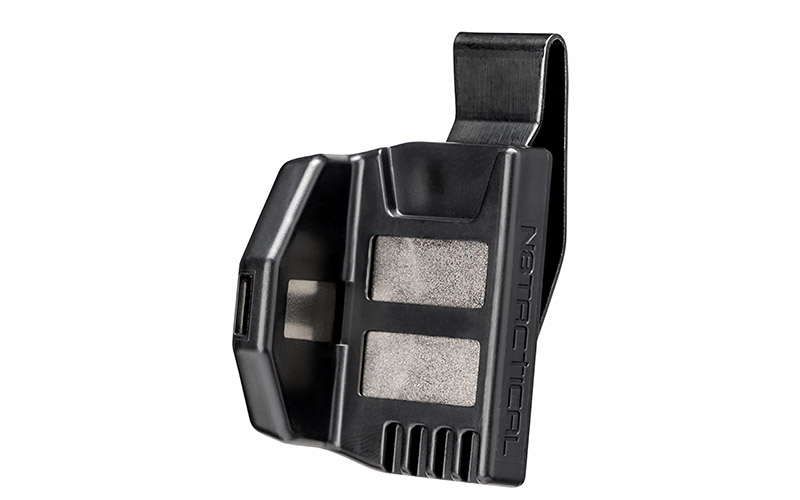
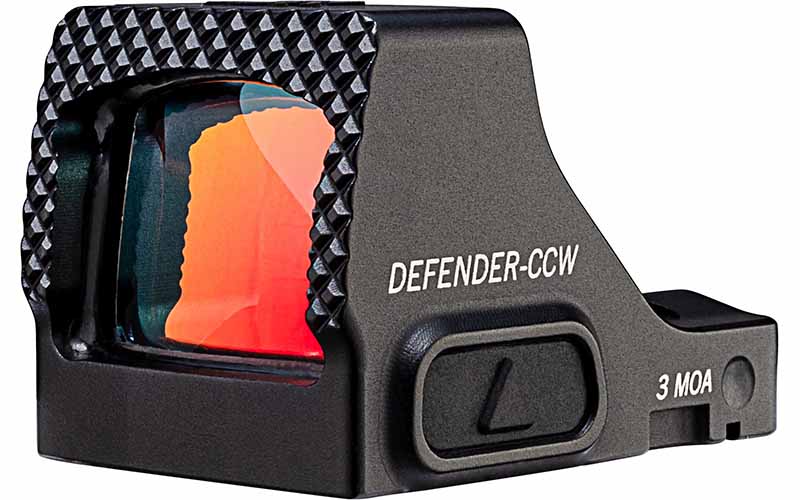
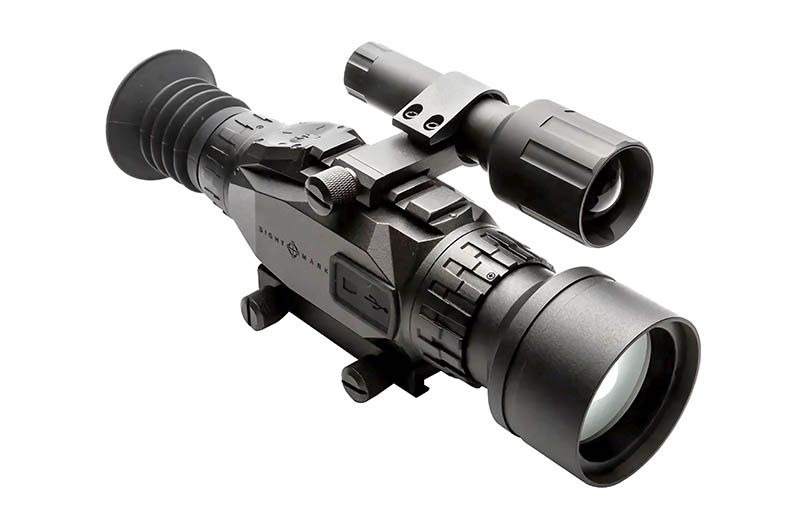

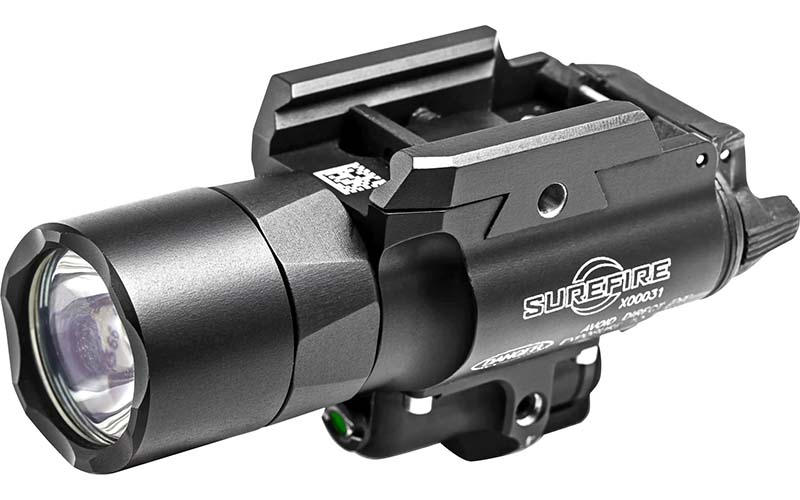
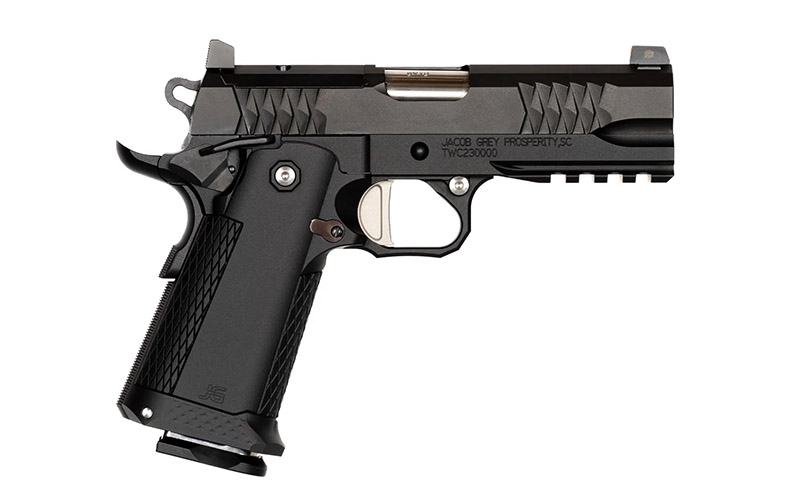
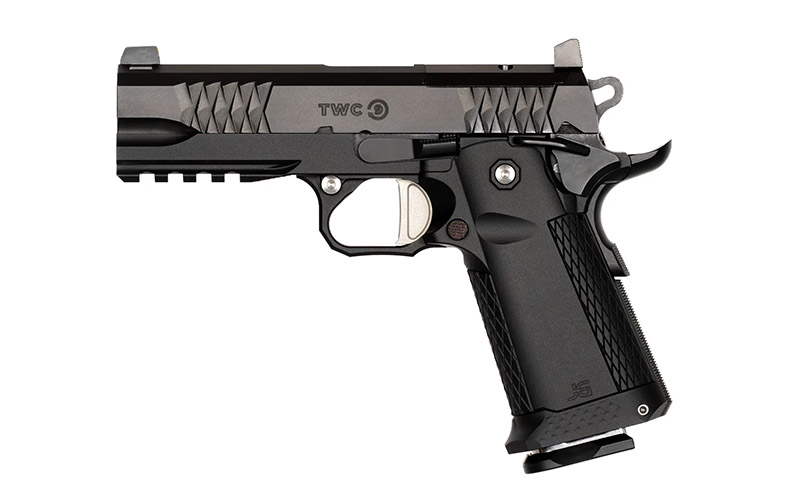
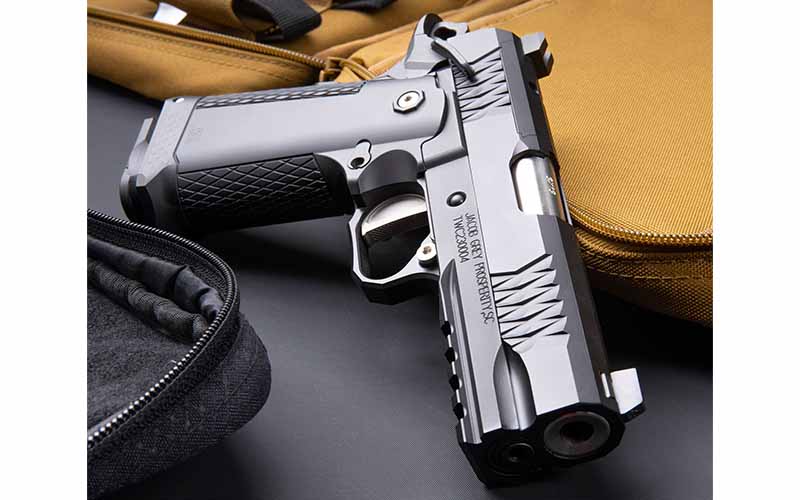
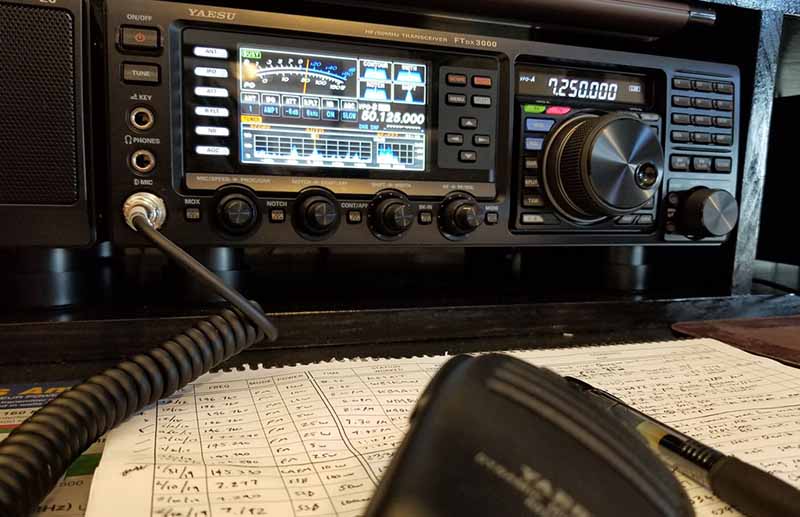
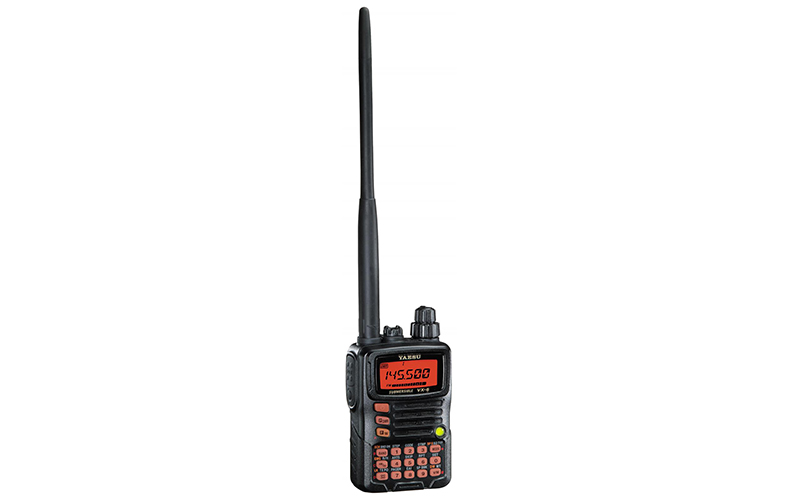
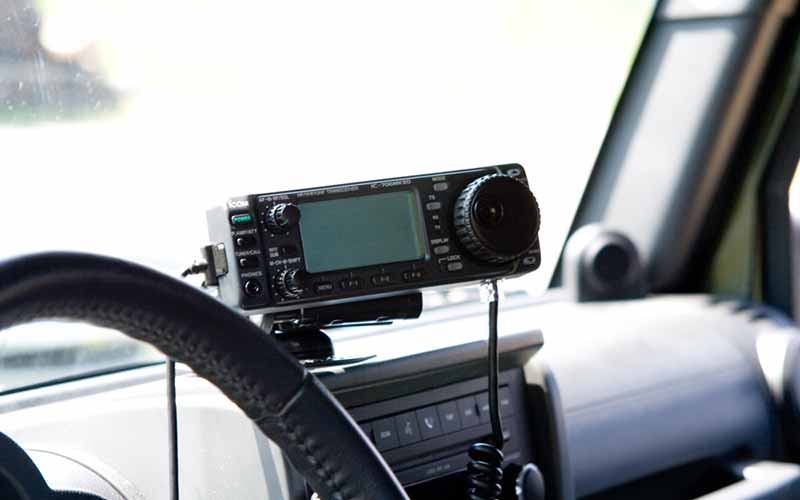
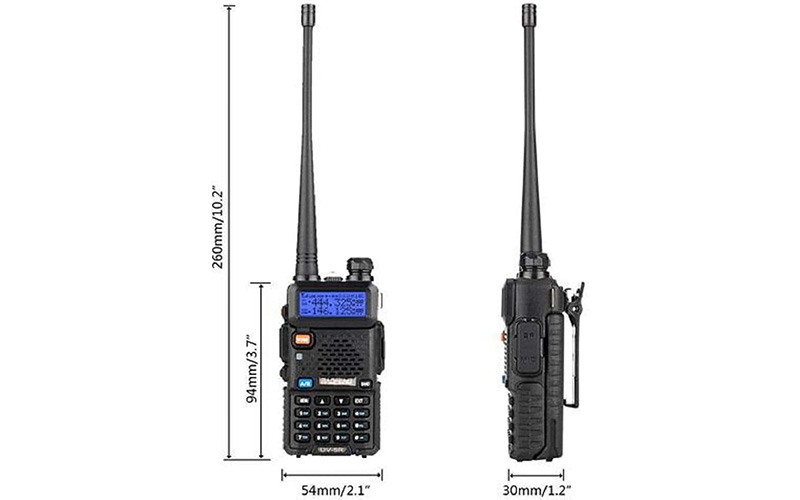

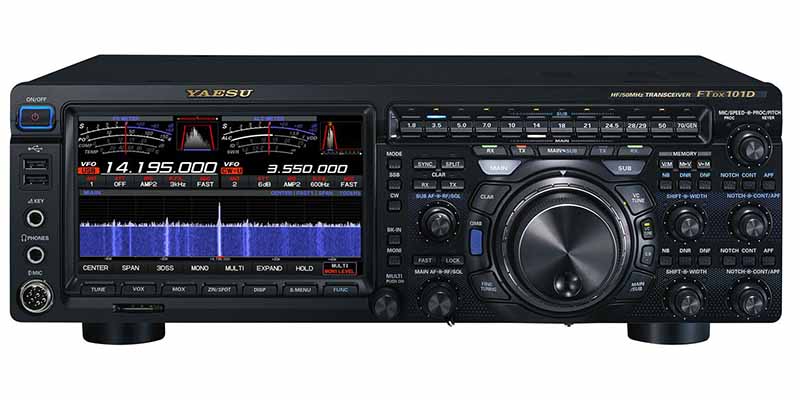
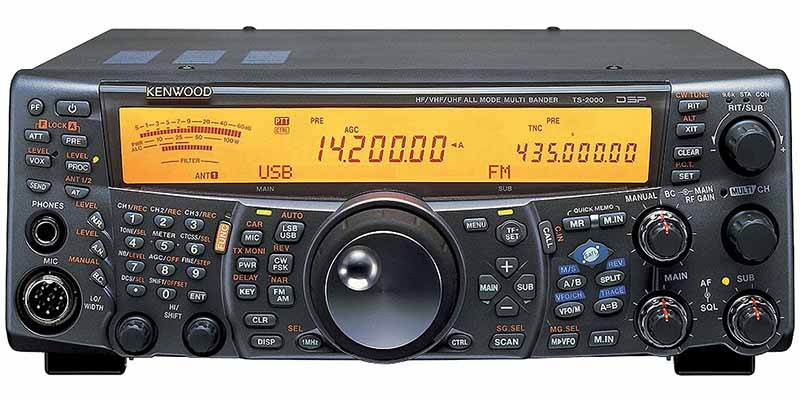


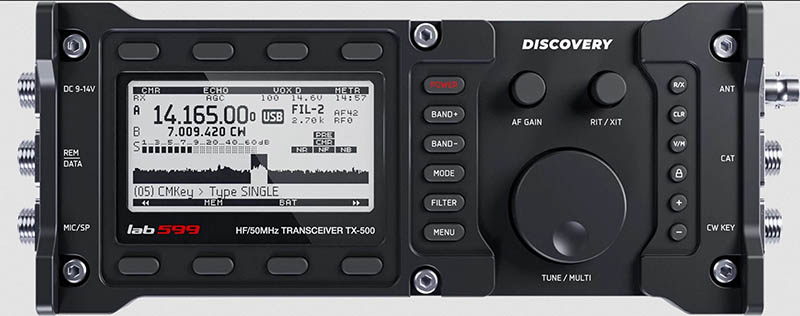
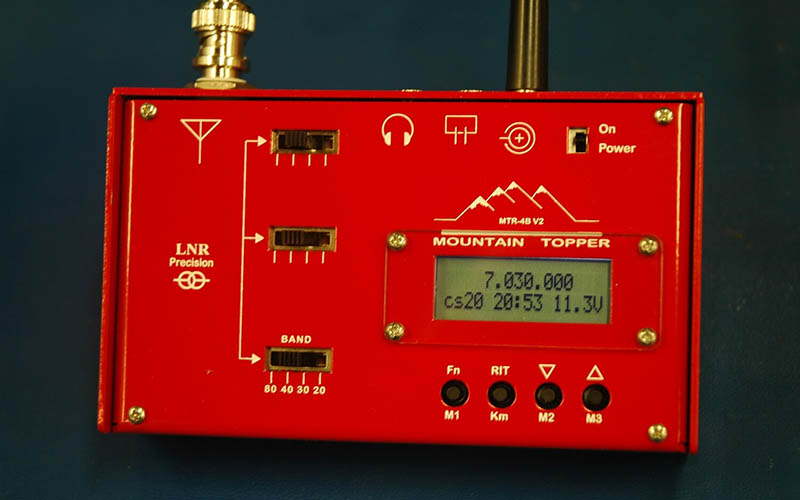
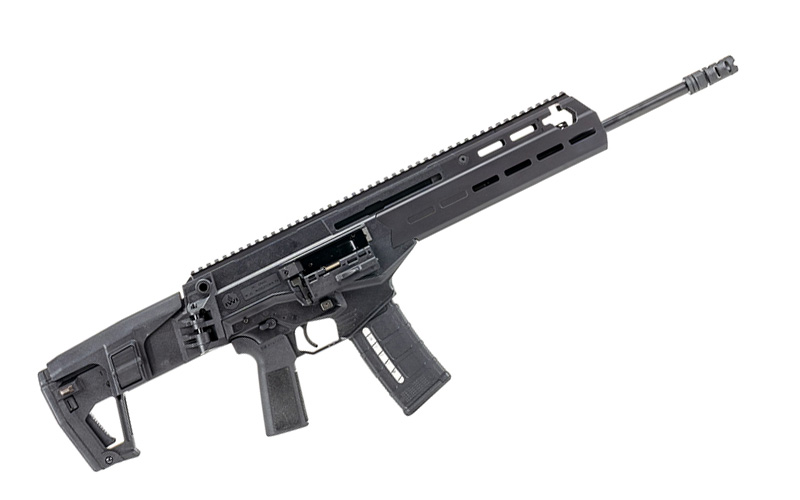
![Best Concealed Carry Guns In 2025 [Field Tested] Wilson Combat EDC X9S 1](https://gundigest.com/wp-content/uploads/Wilson-Combat-EDC-X9S-1-324x160.jpg)


![Best 9mm Carbine: Affordable PCCs [Tested] Ruger Carbine Shooting](https://gundigest.com/wp-content/uploads/Ruger-Carbine-Shooting-100x70.jpg)
![Best AR-15: Top Options Available Today [Field Tested] Harrington and Richardson PSA XM177E2 feature](https://gundigest.com/wp-content/uploads/Harrington-and-Richardson-PSA-XM177E2-feature-100x70.jpg)
